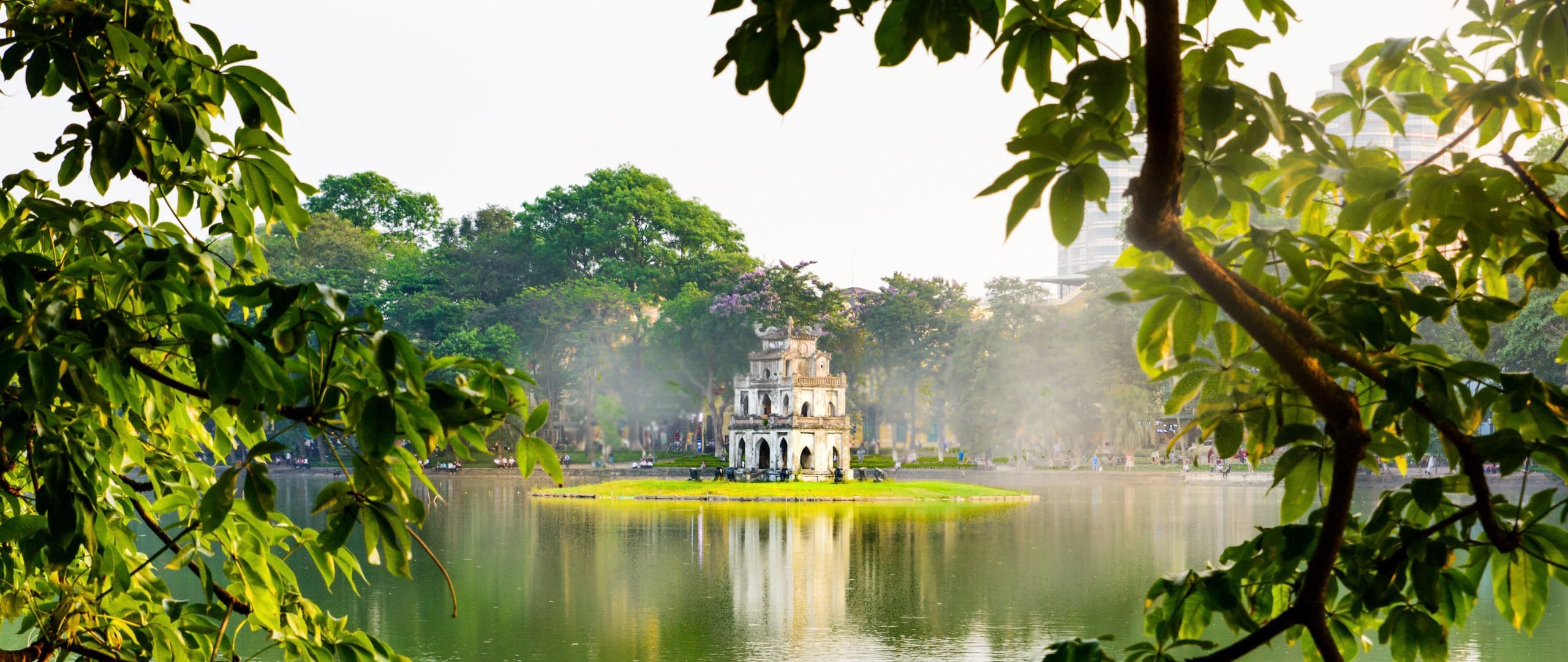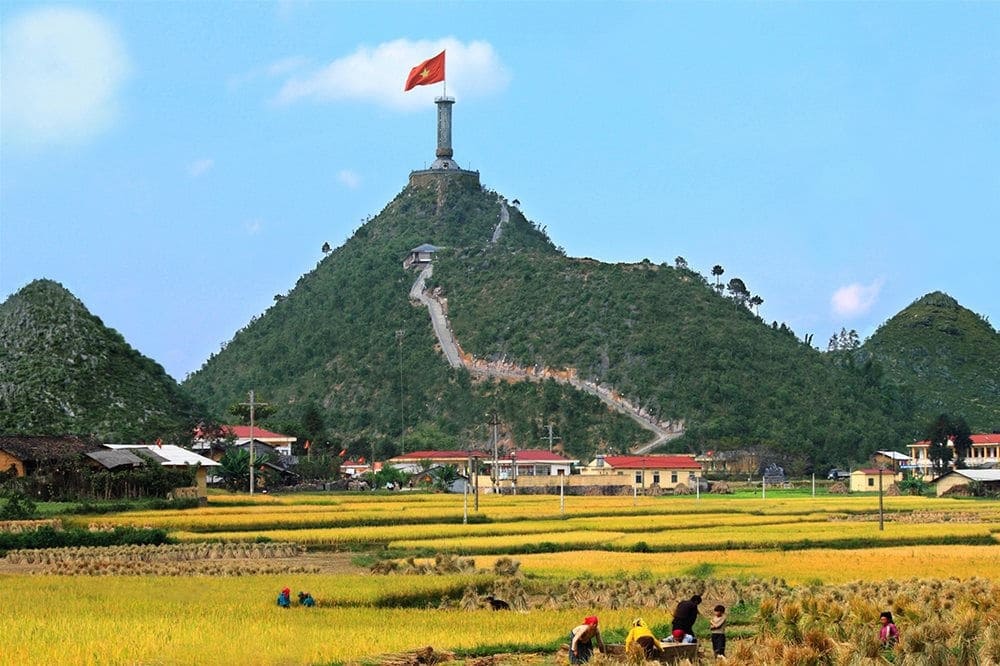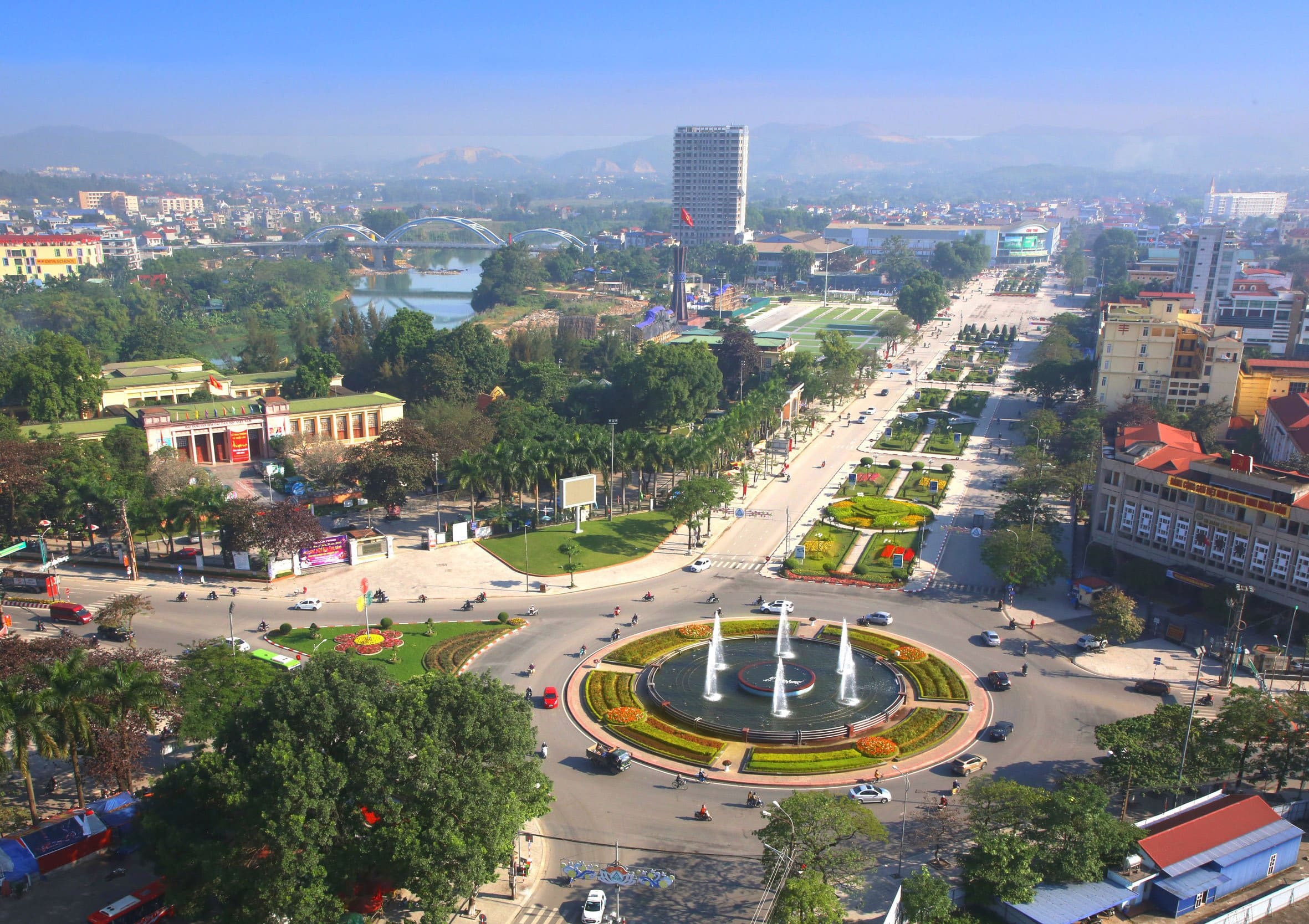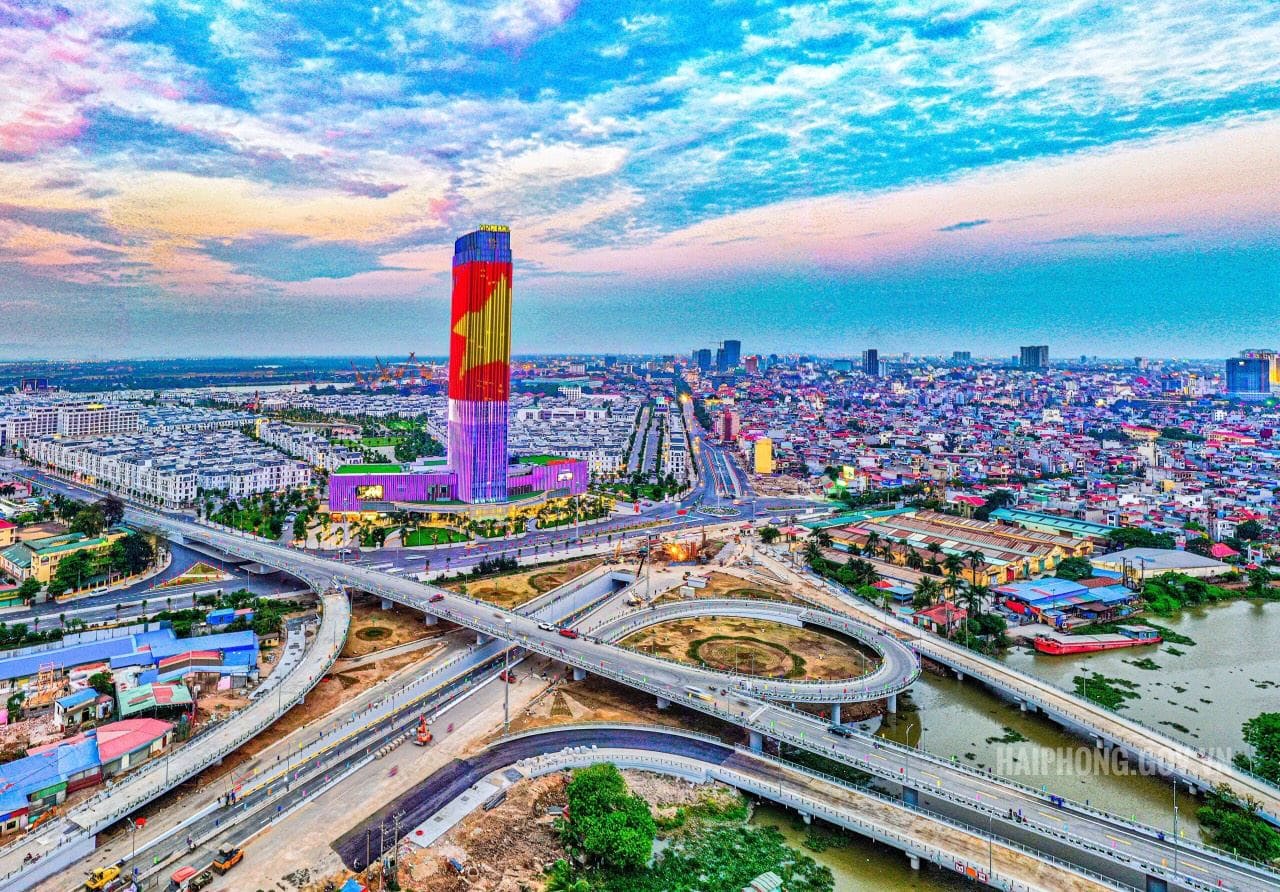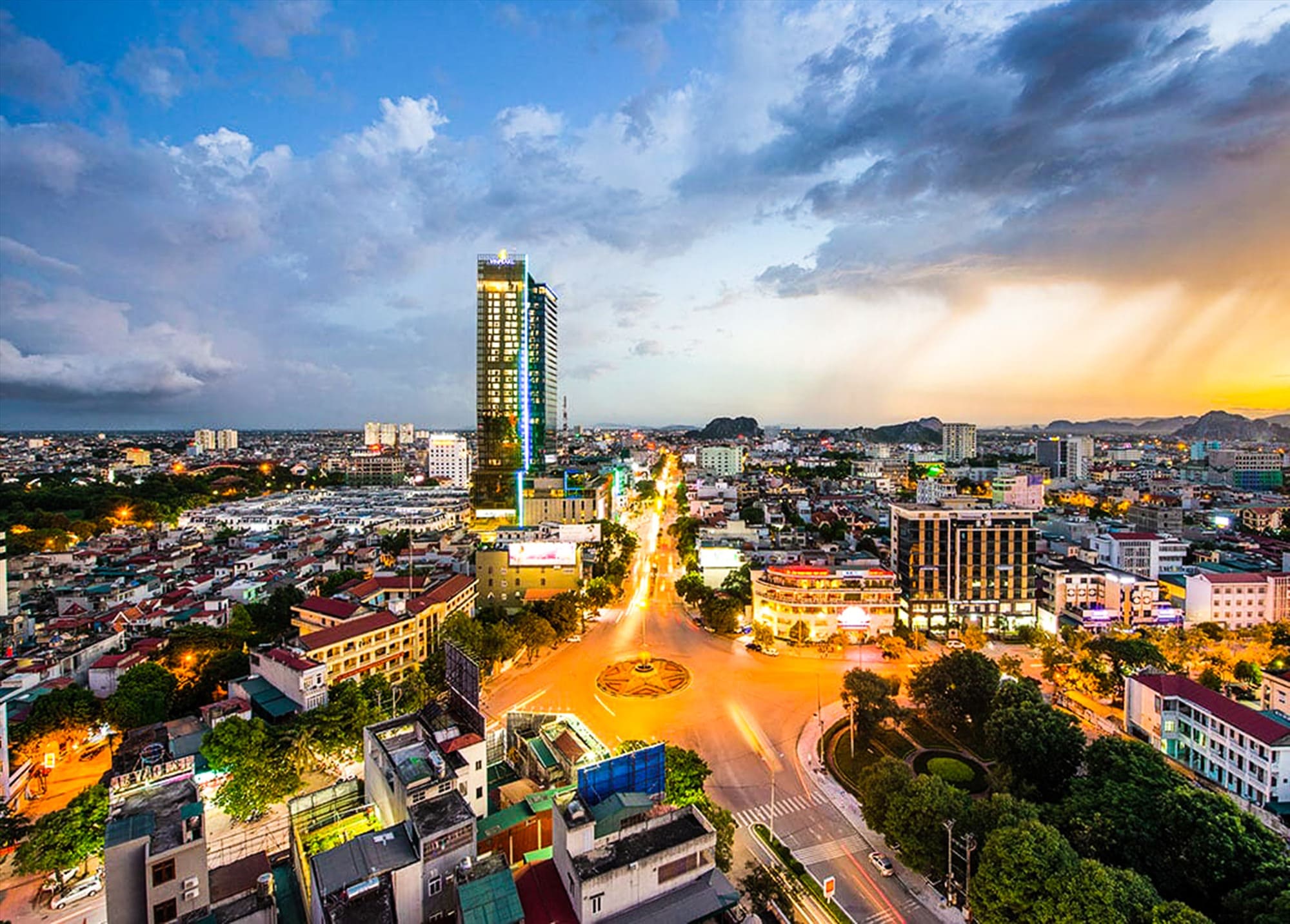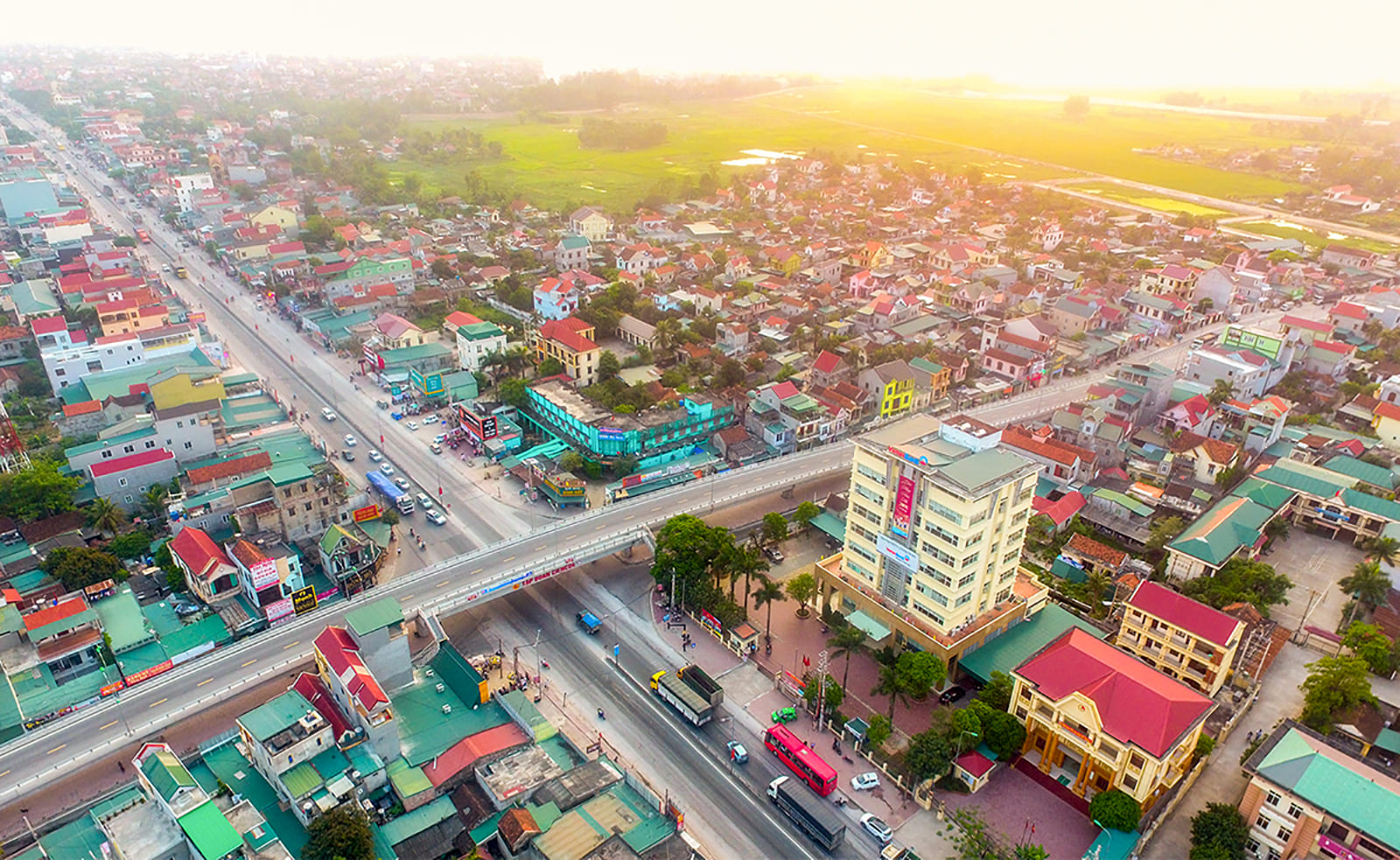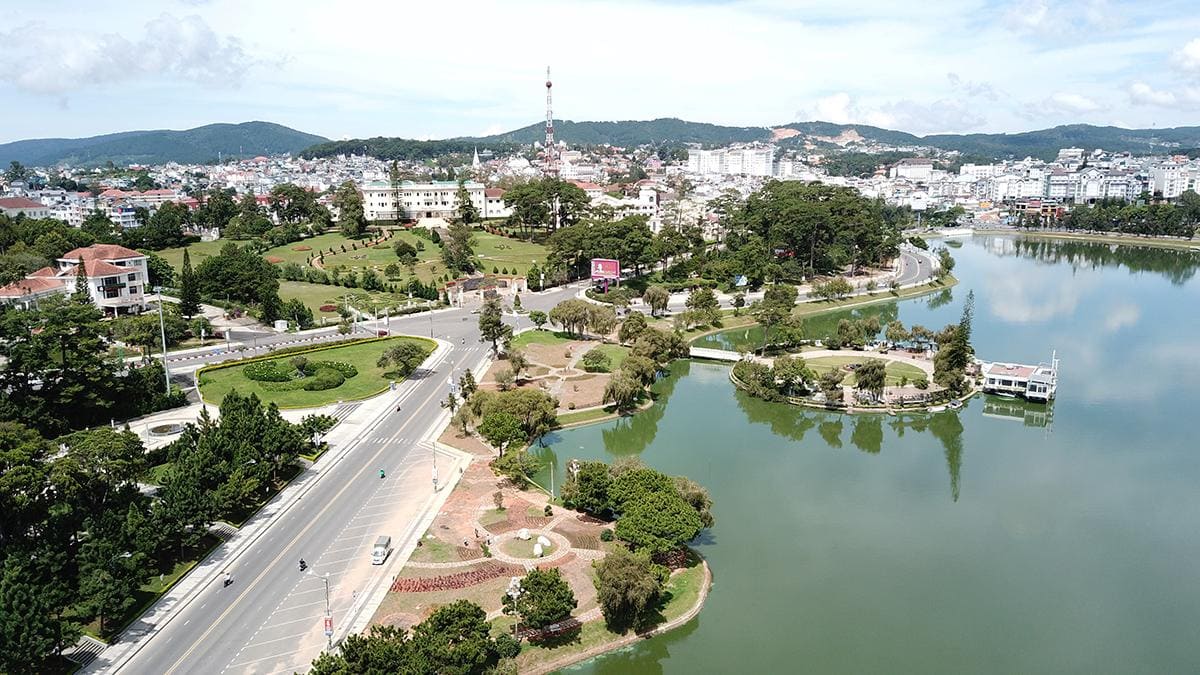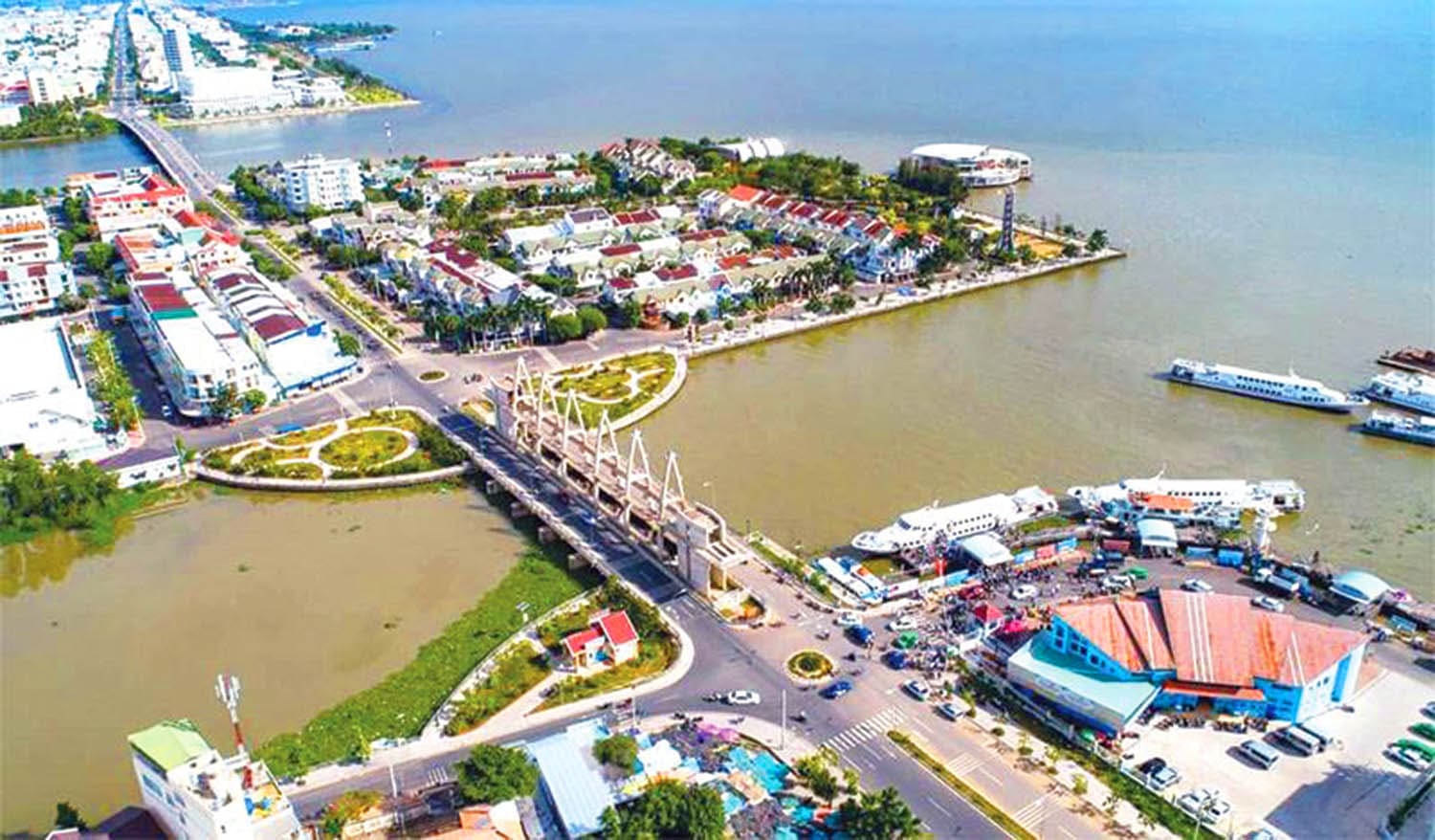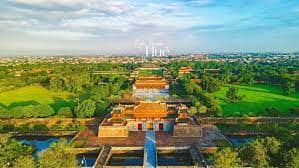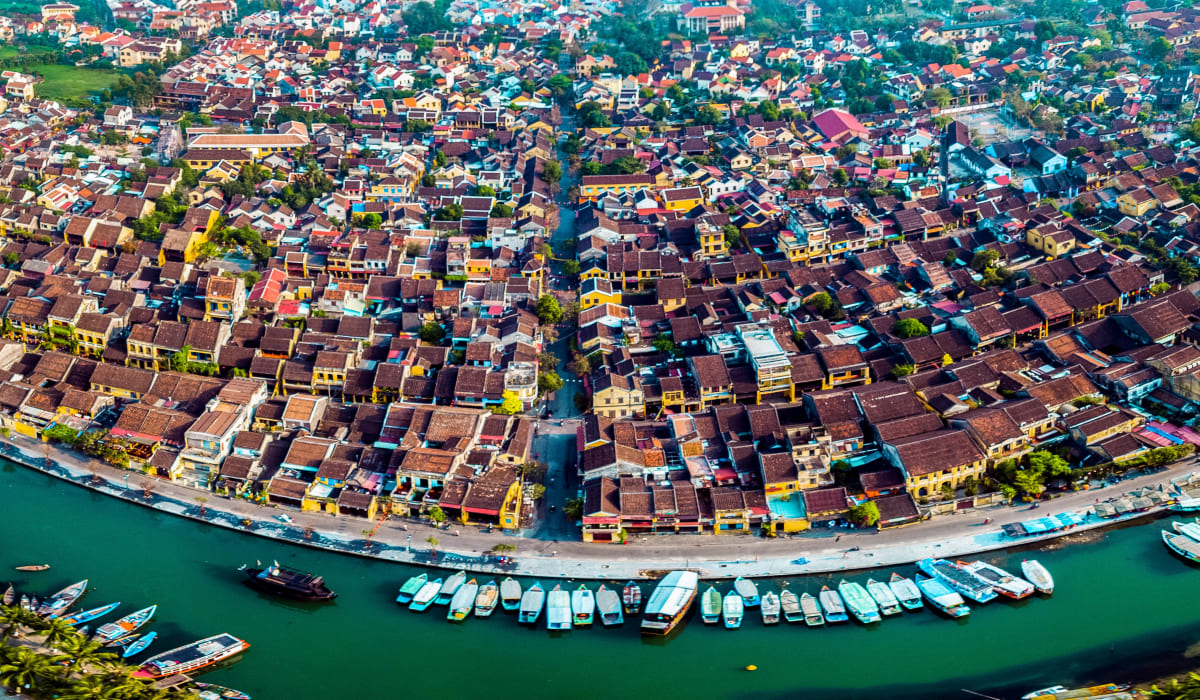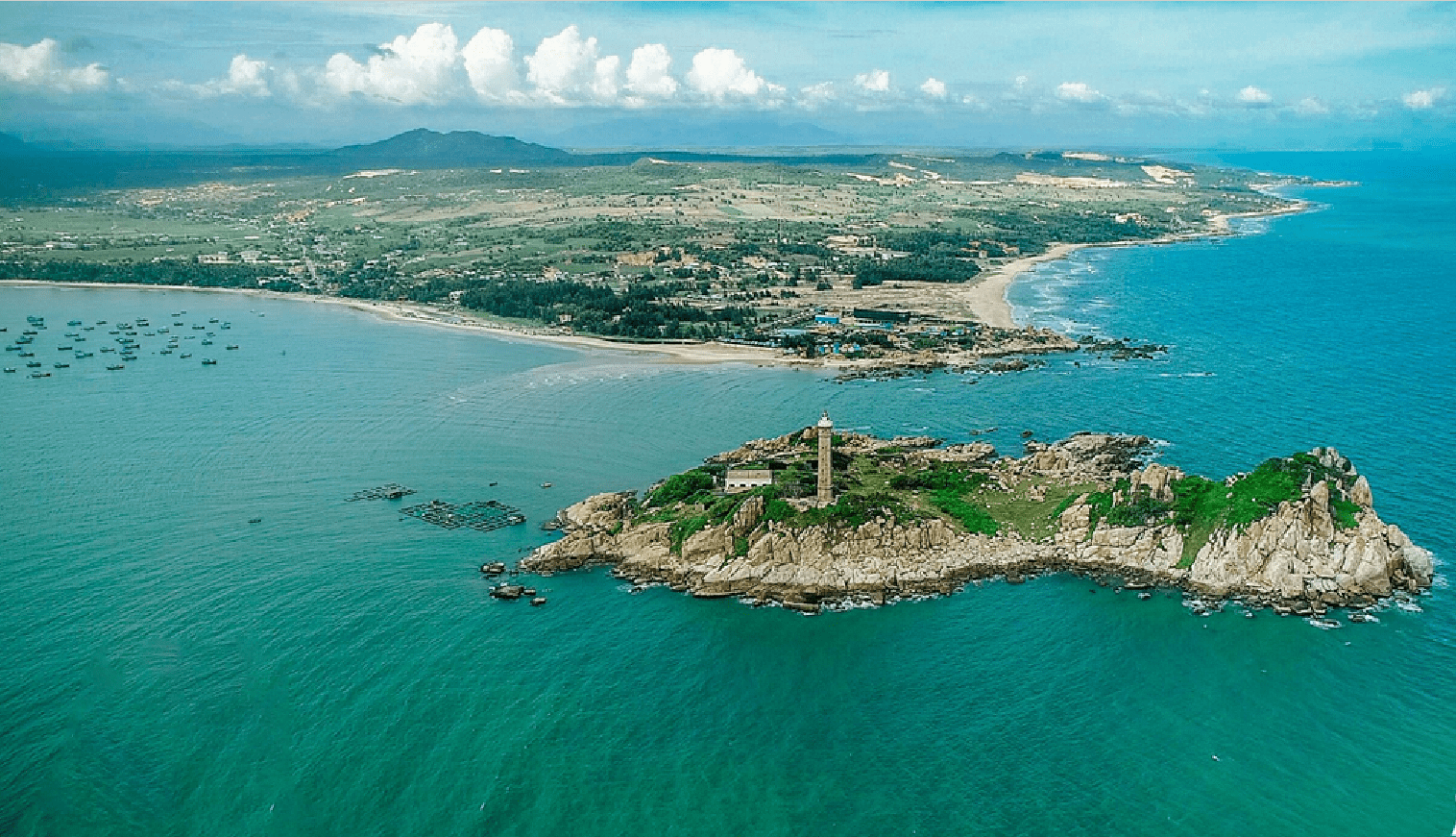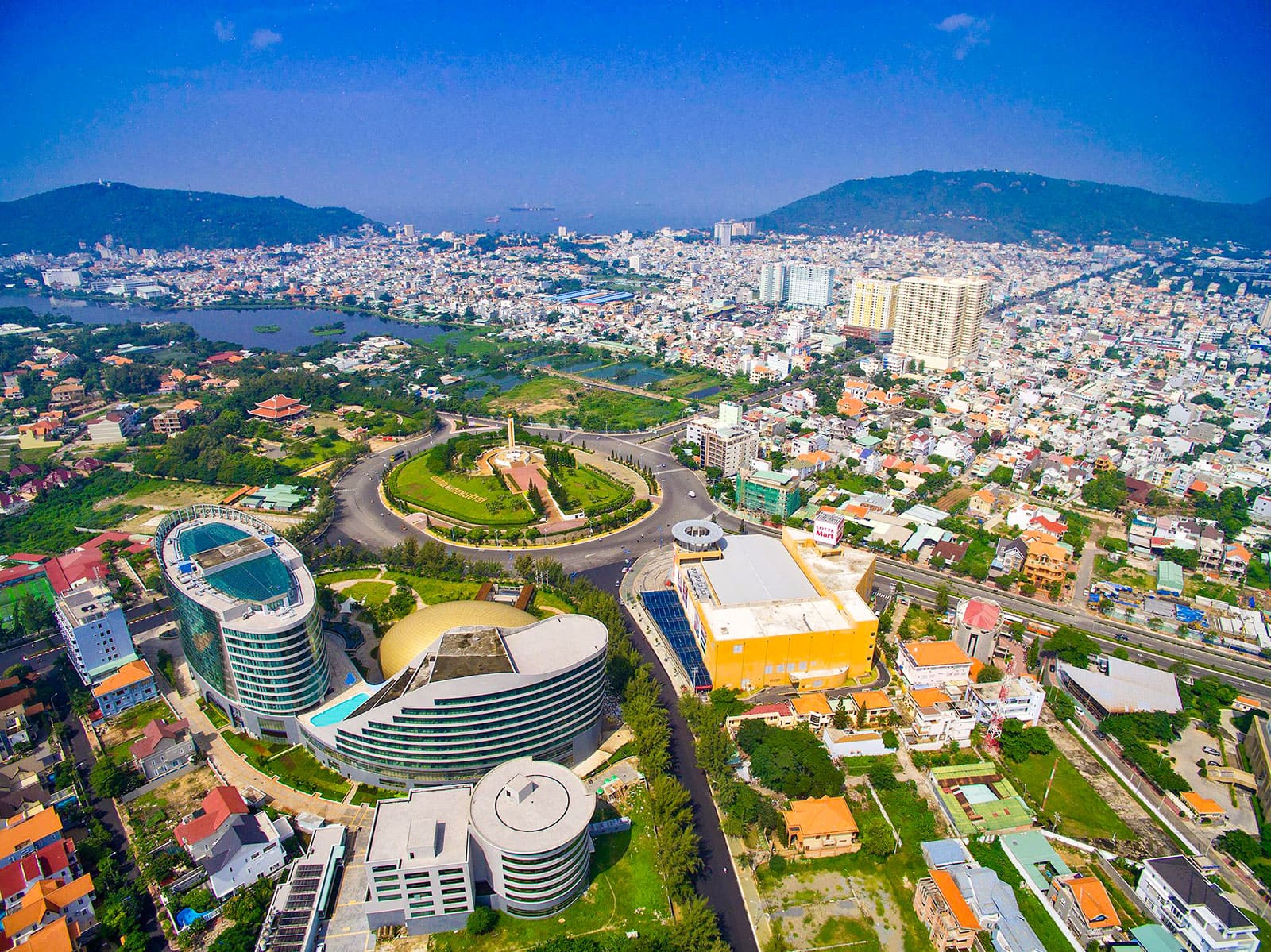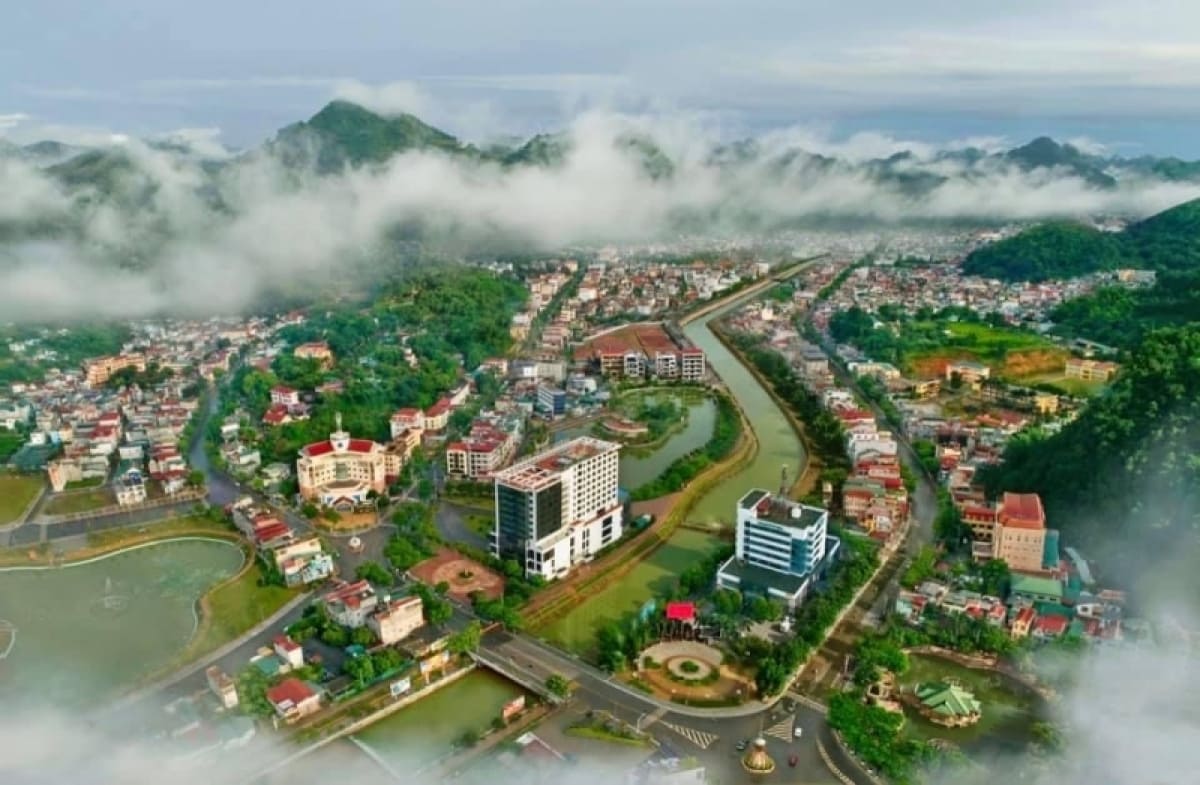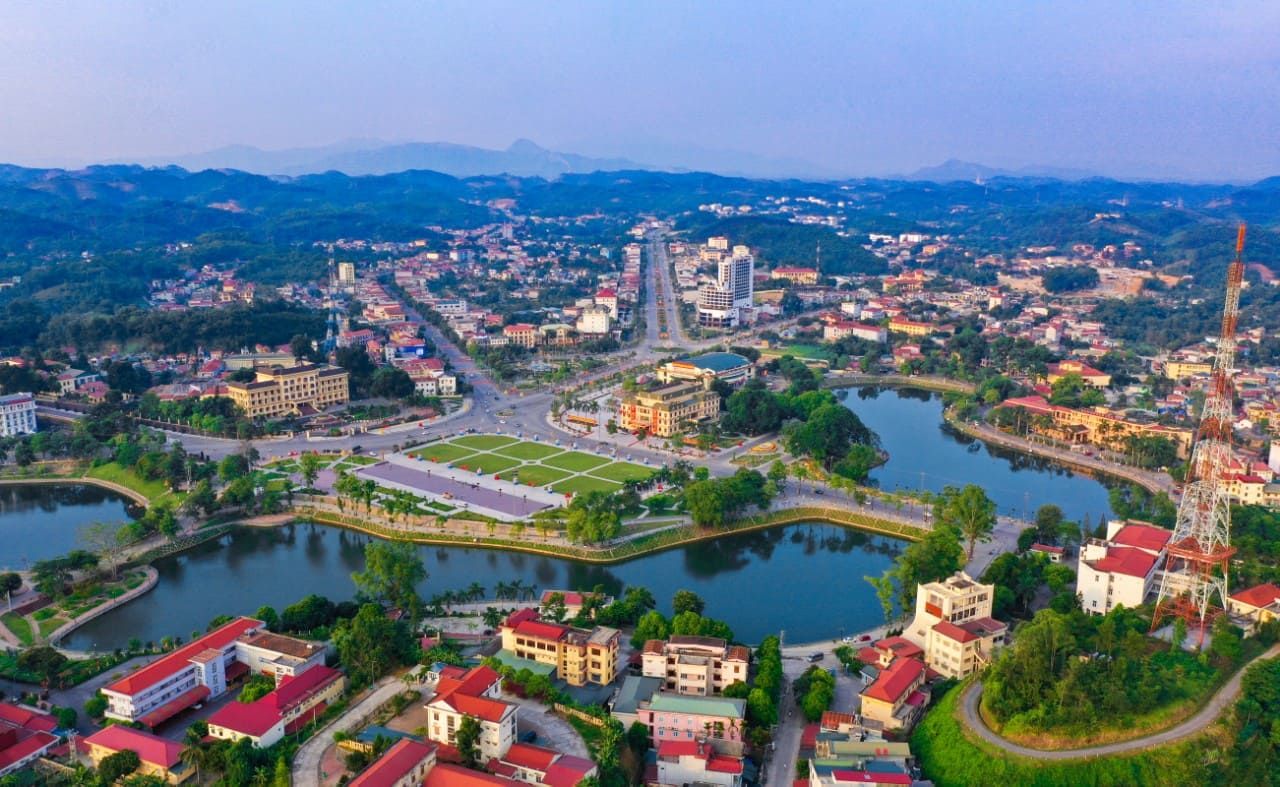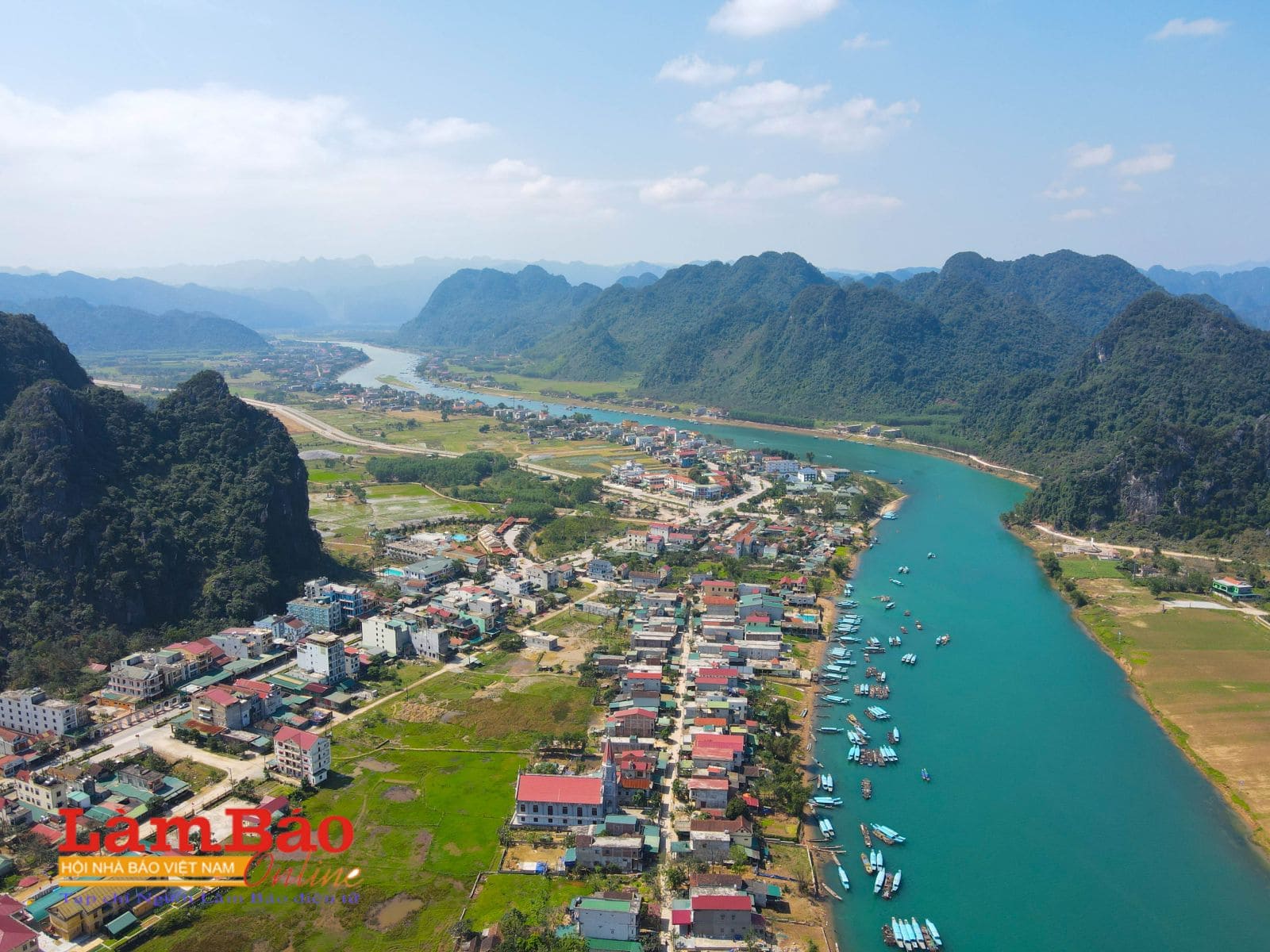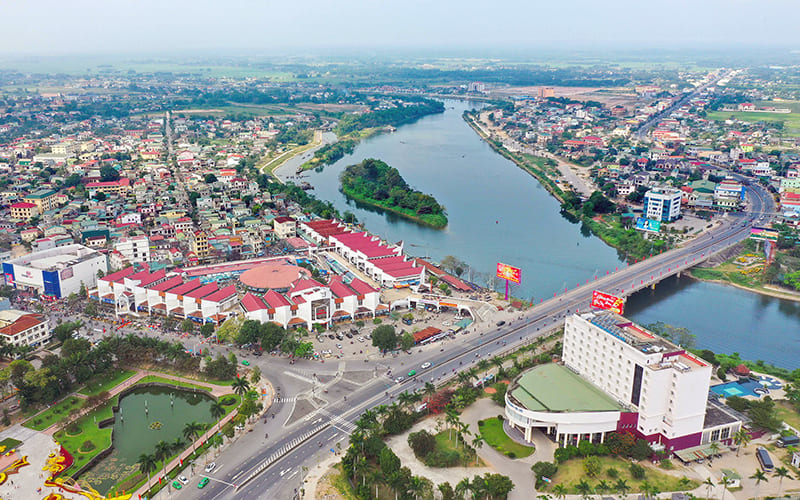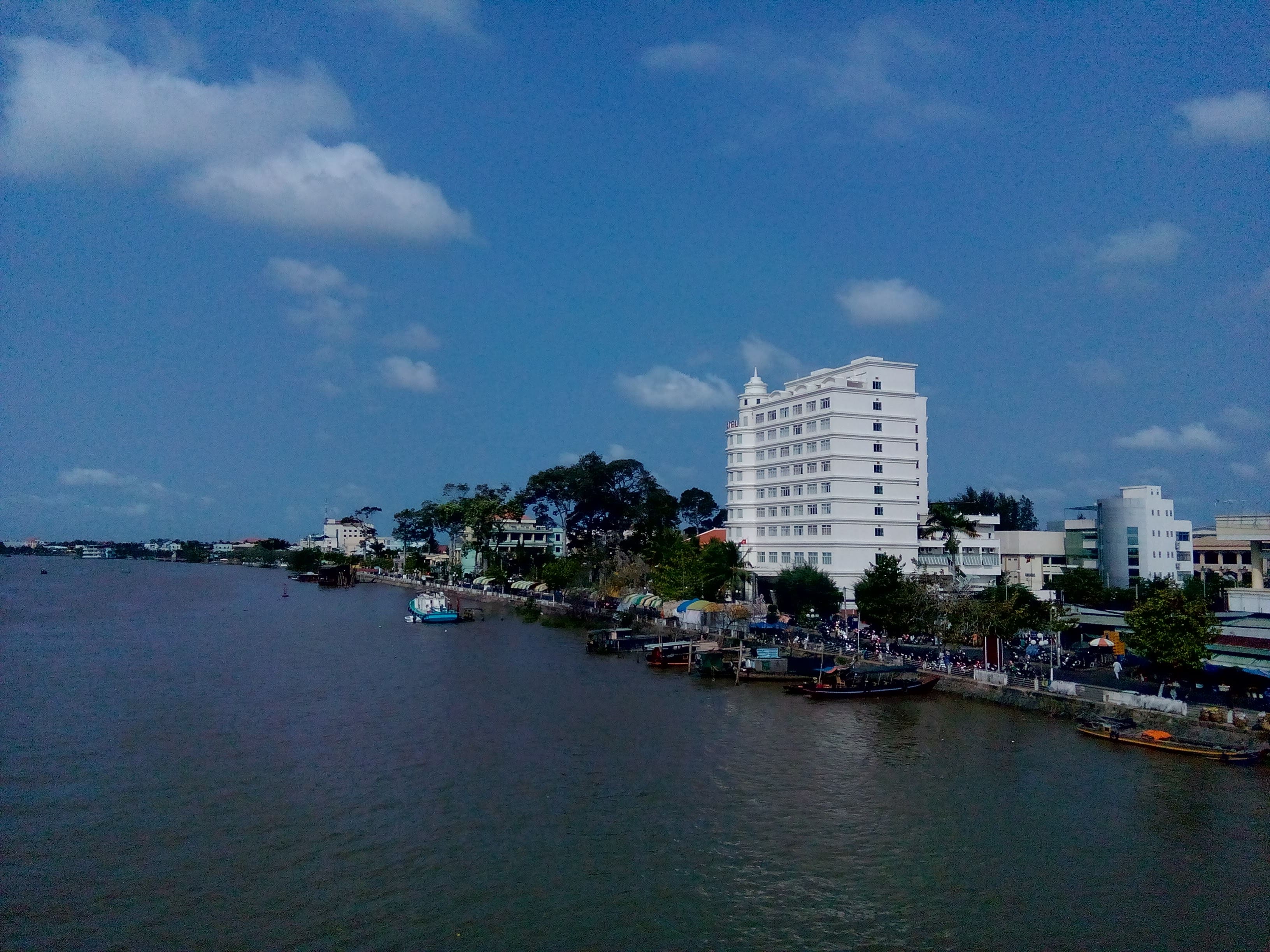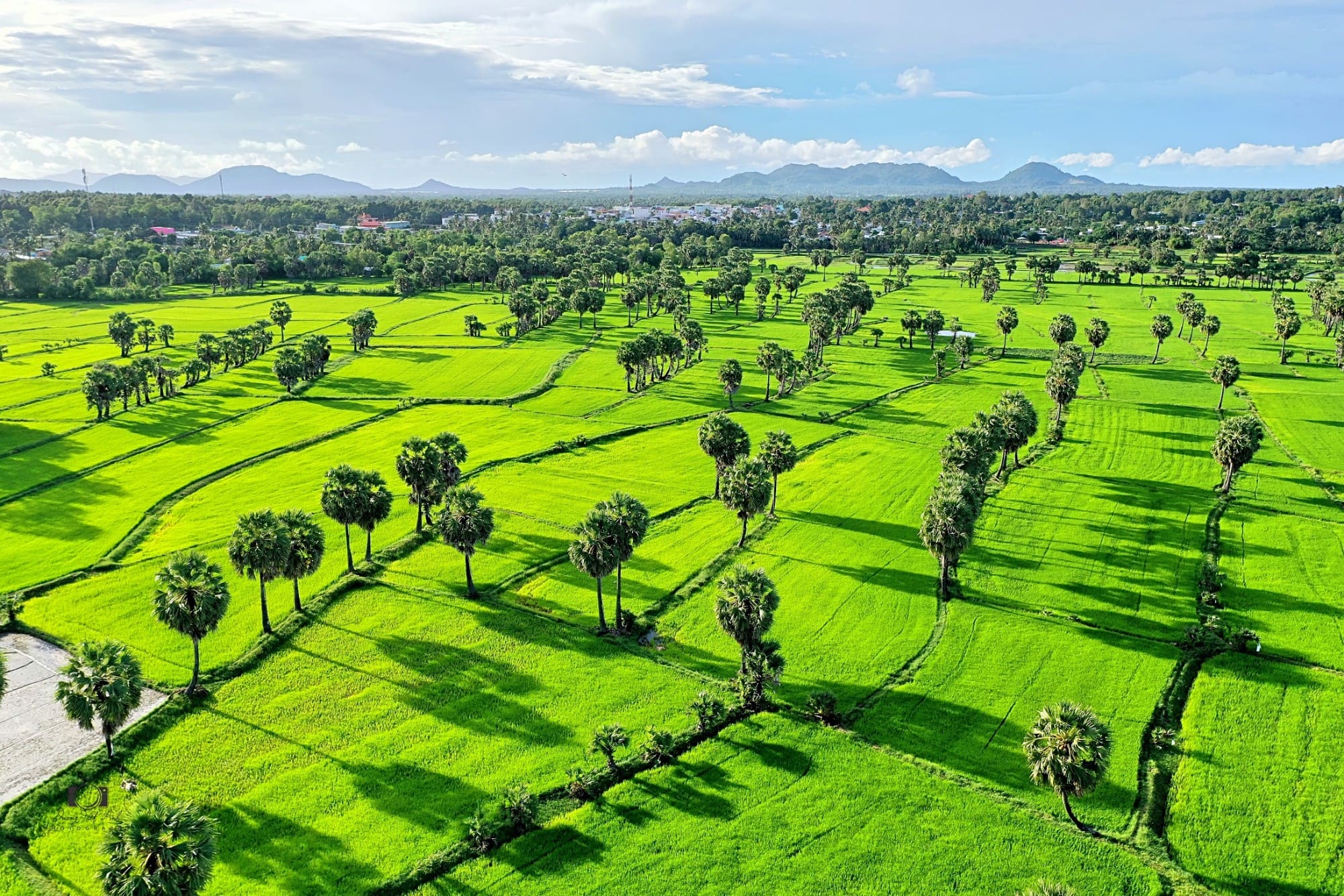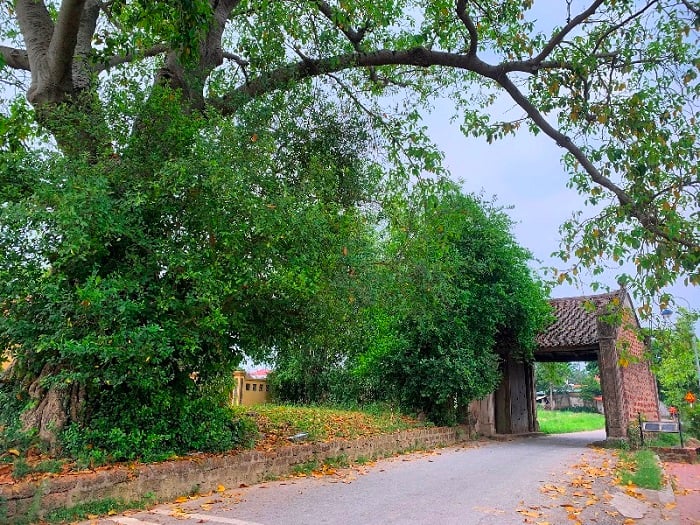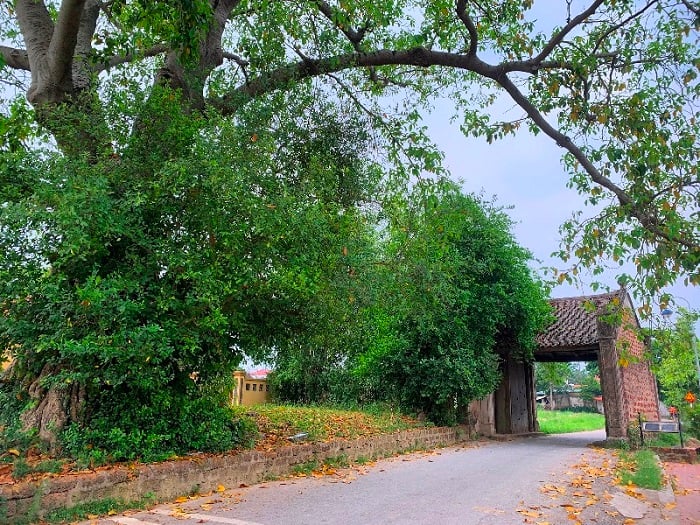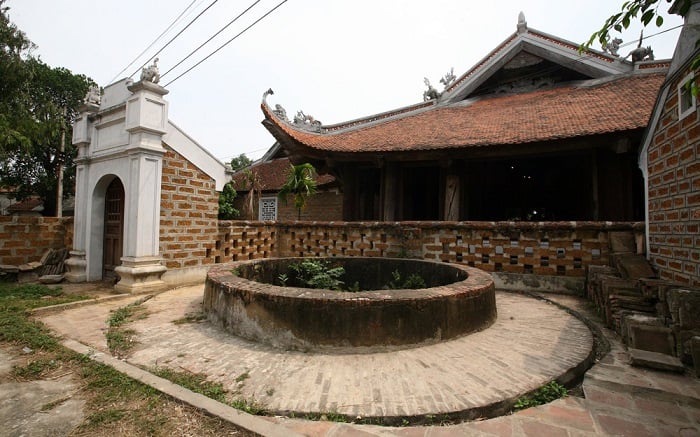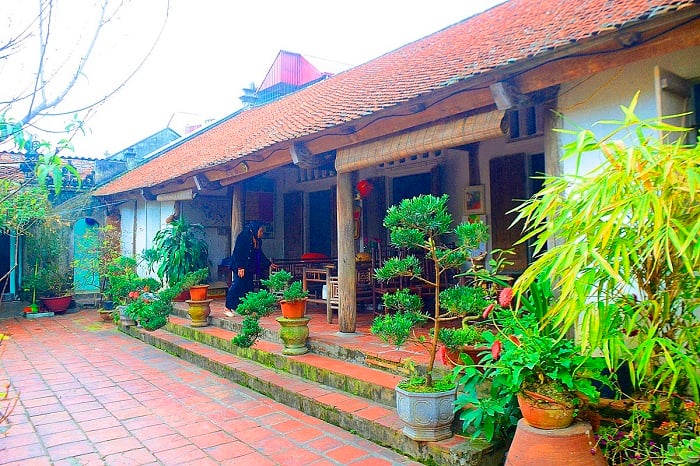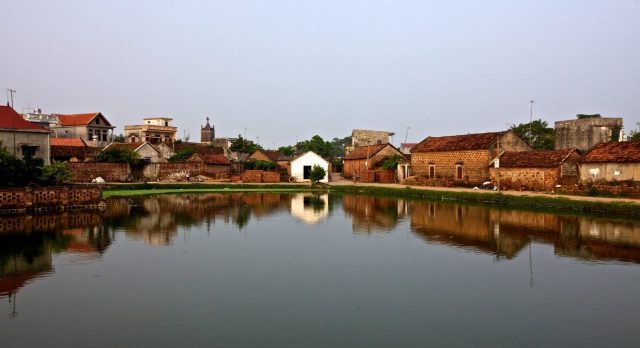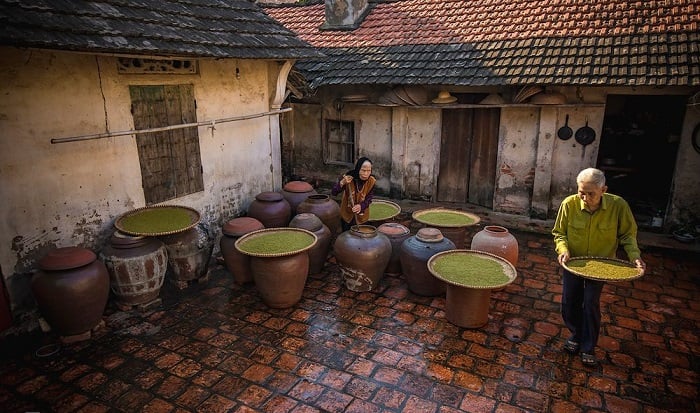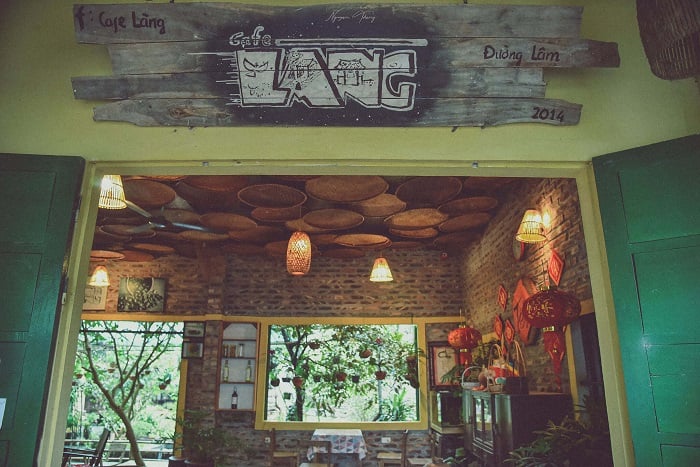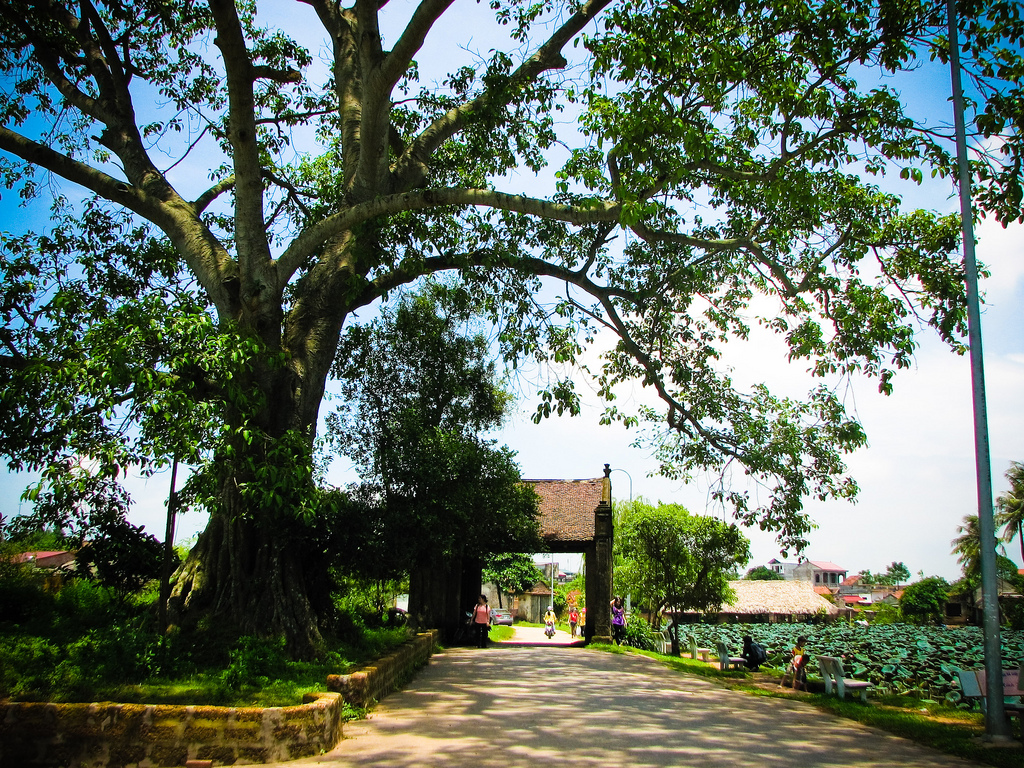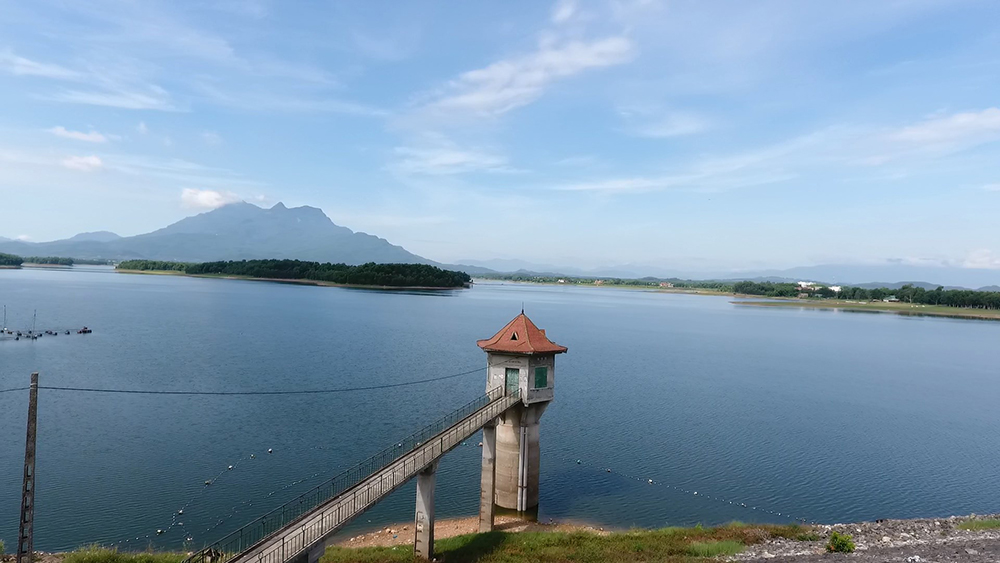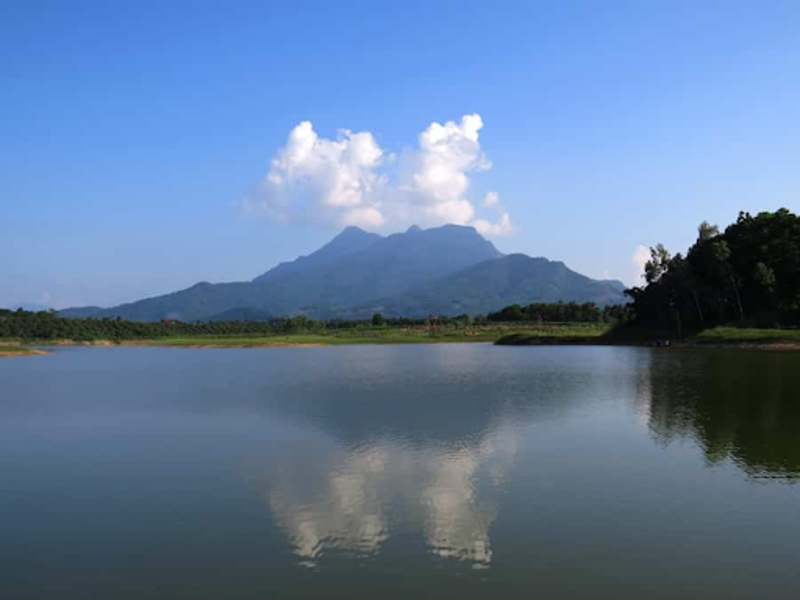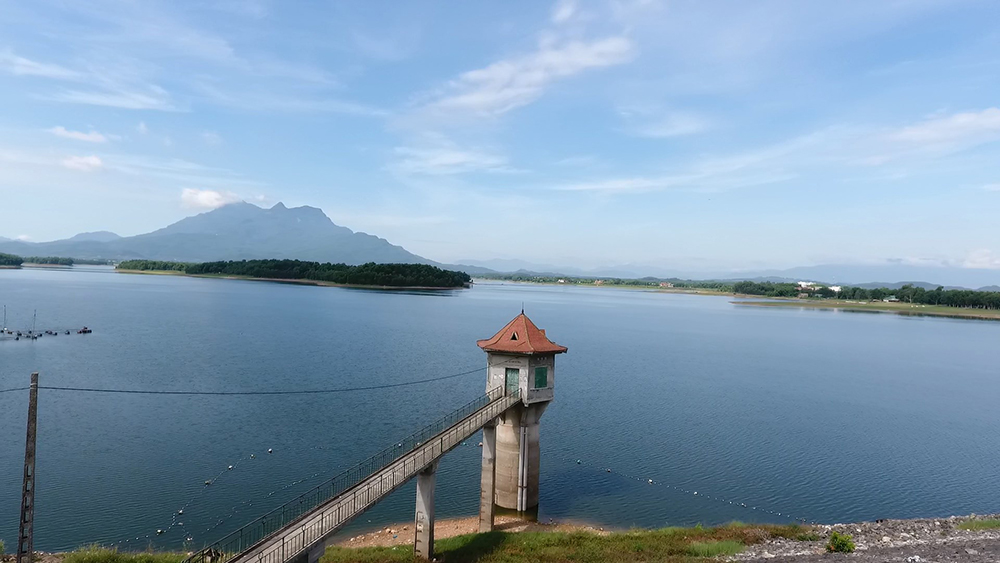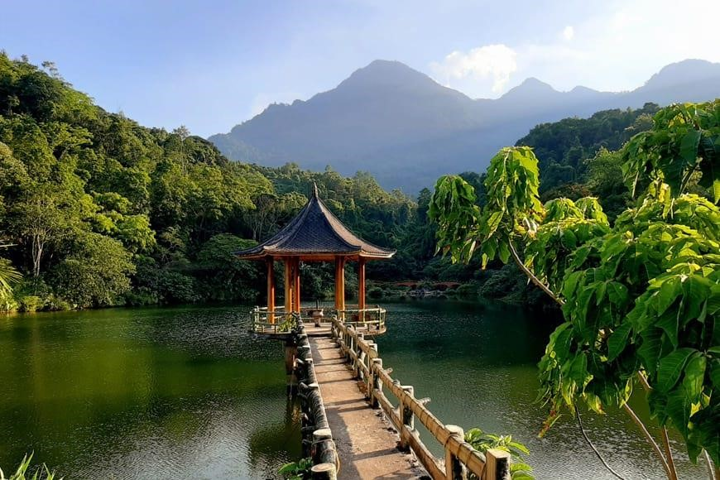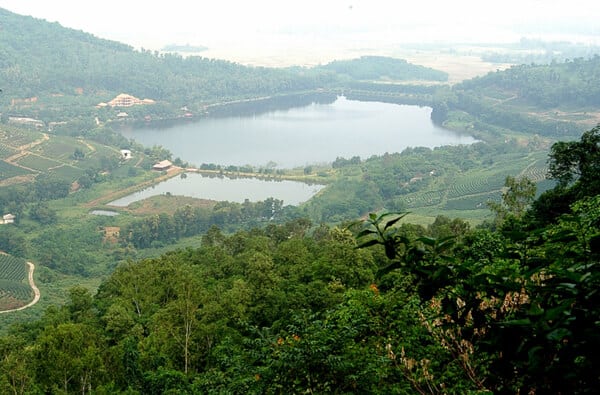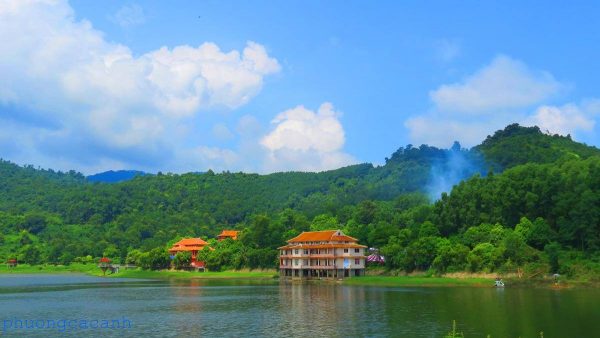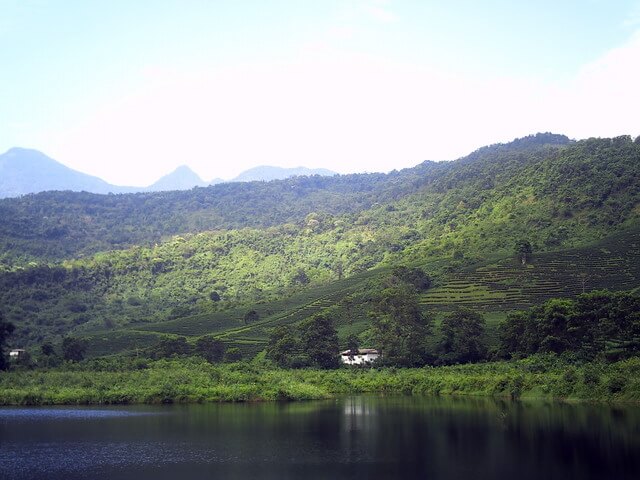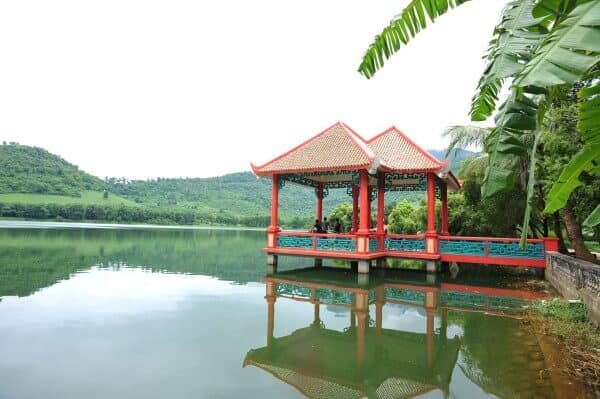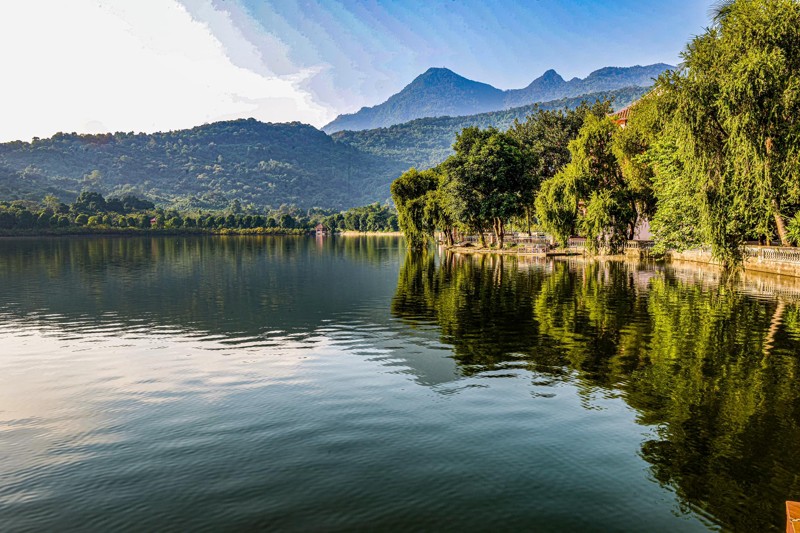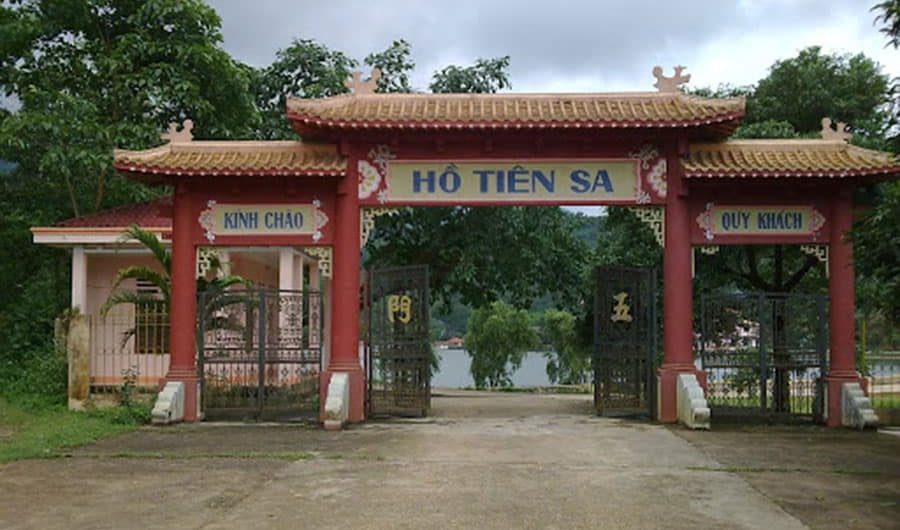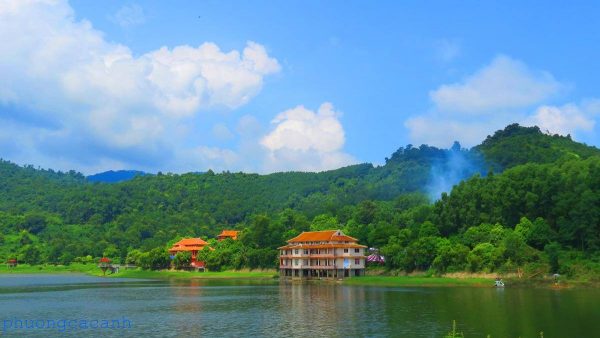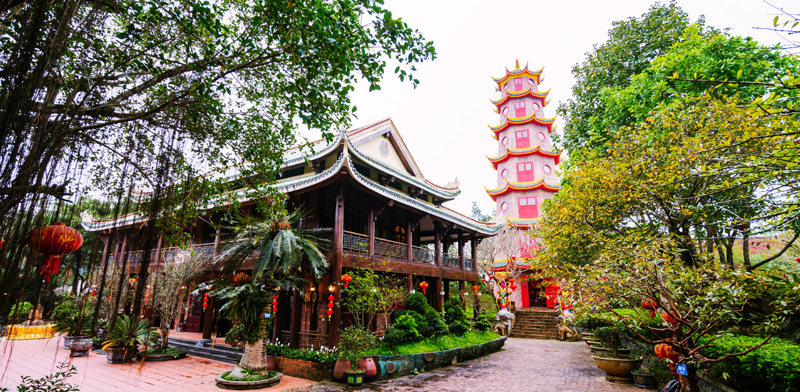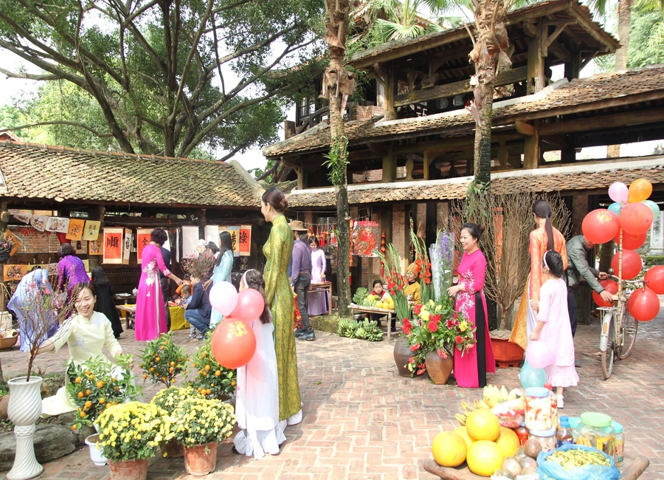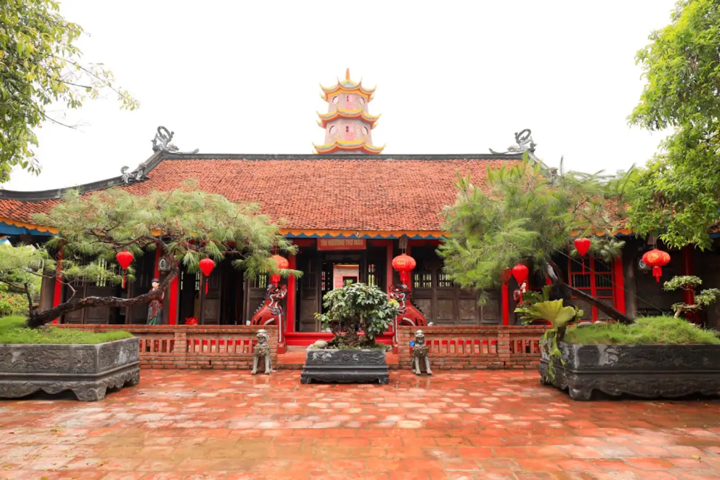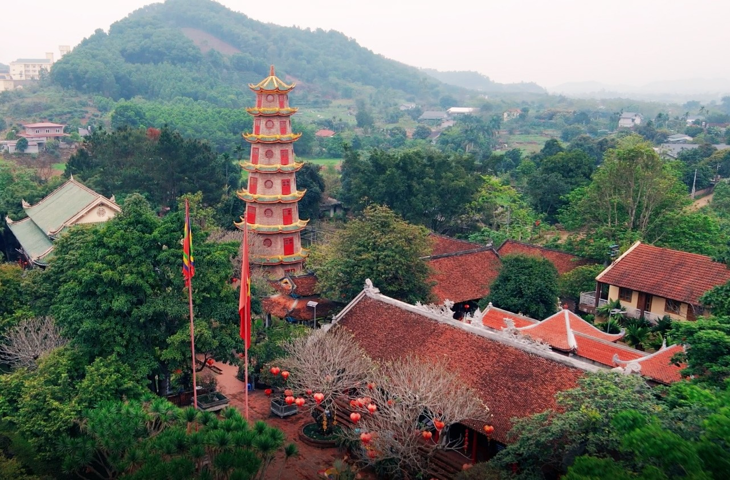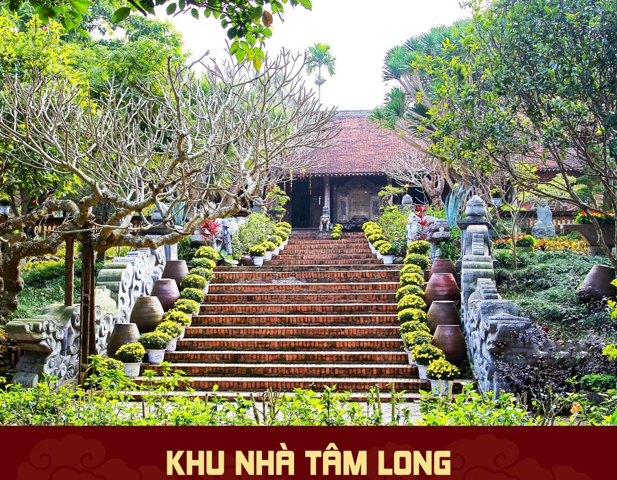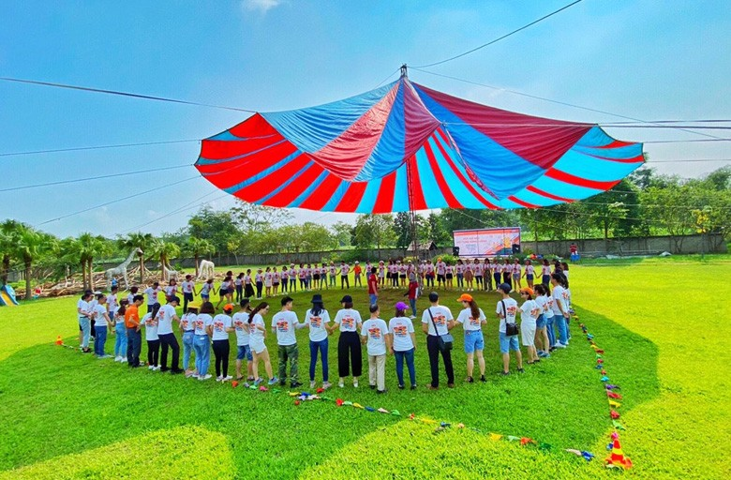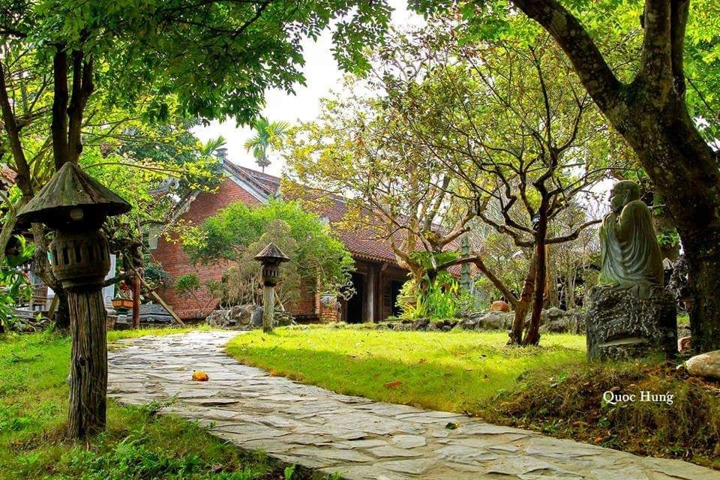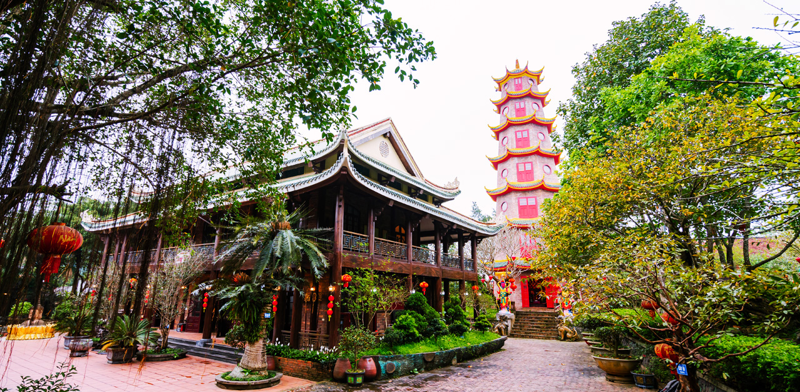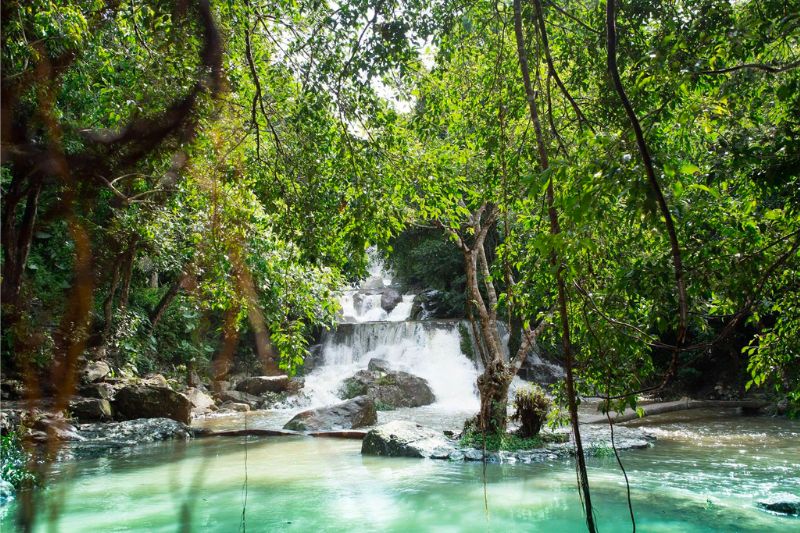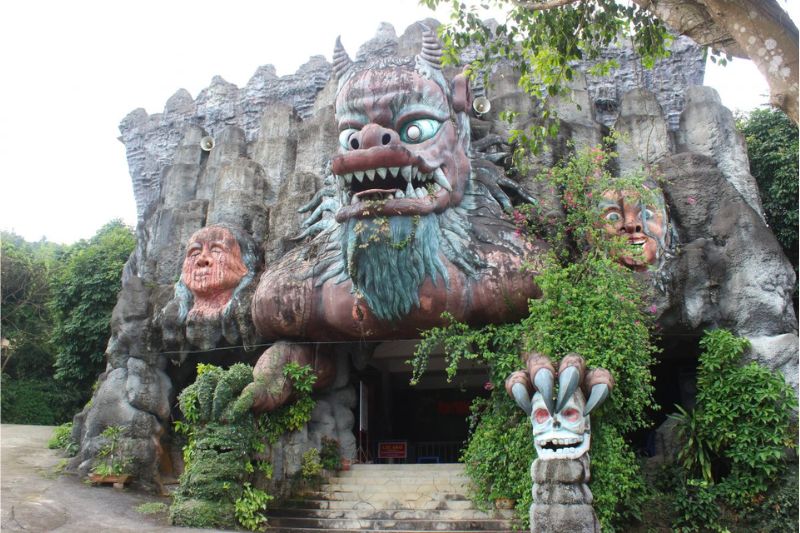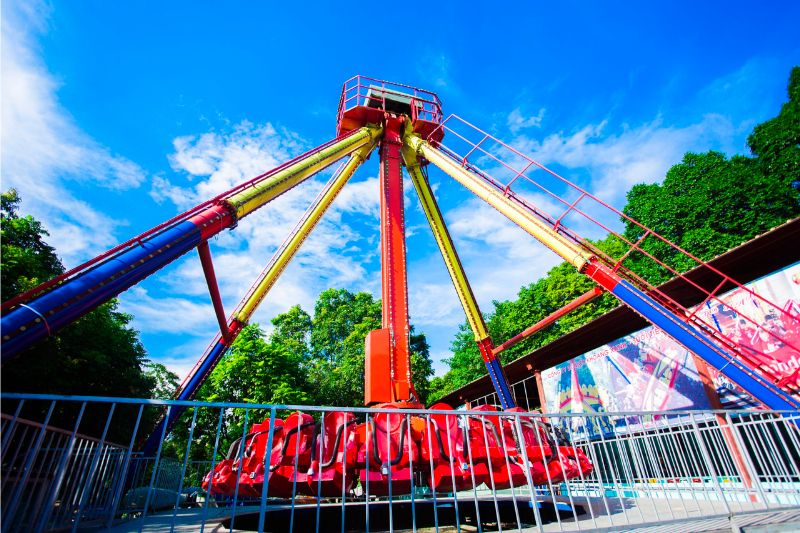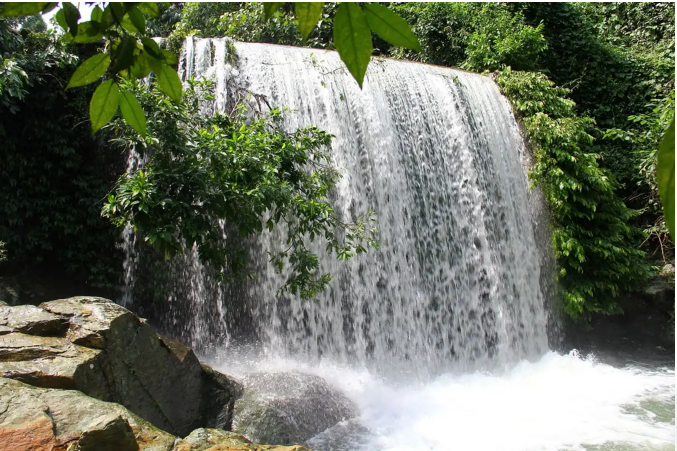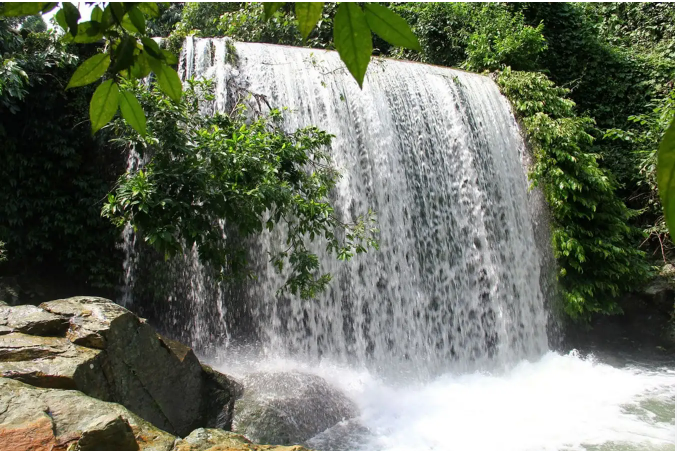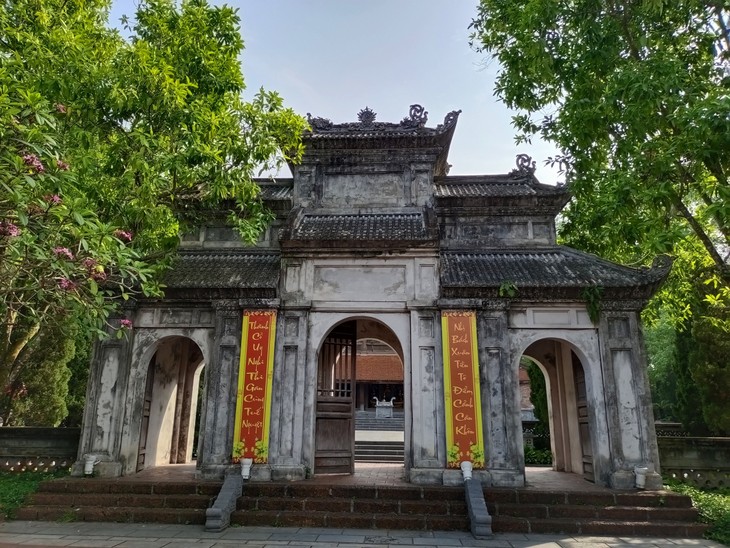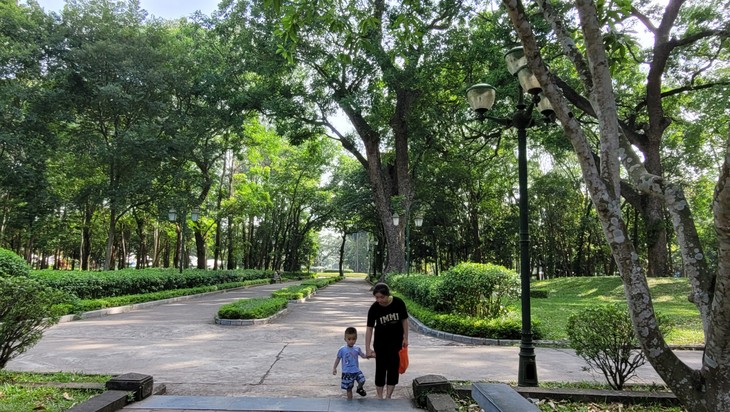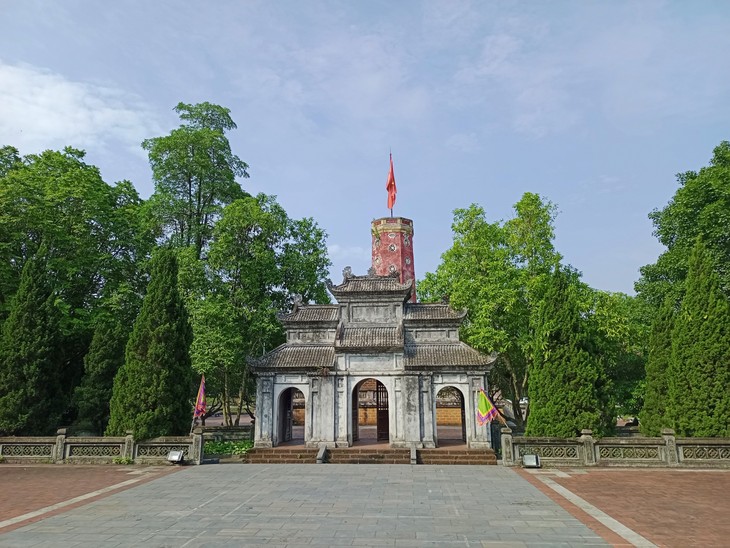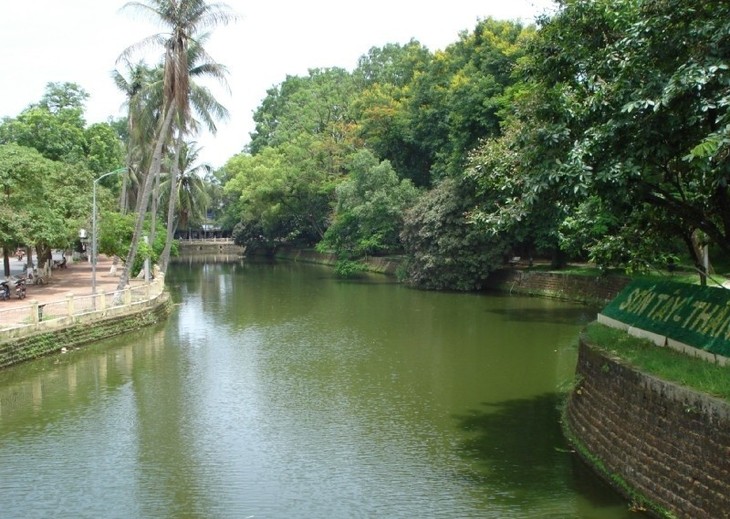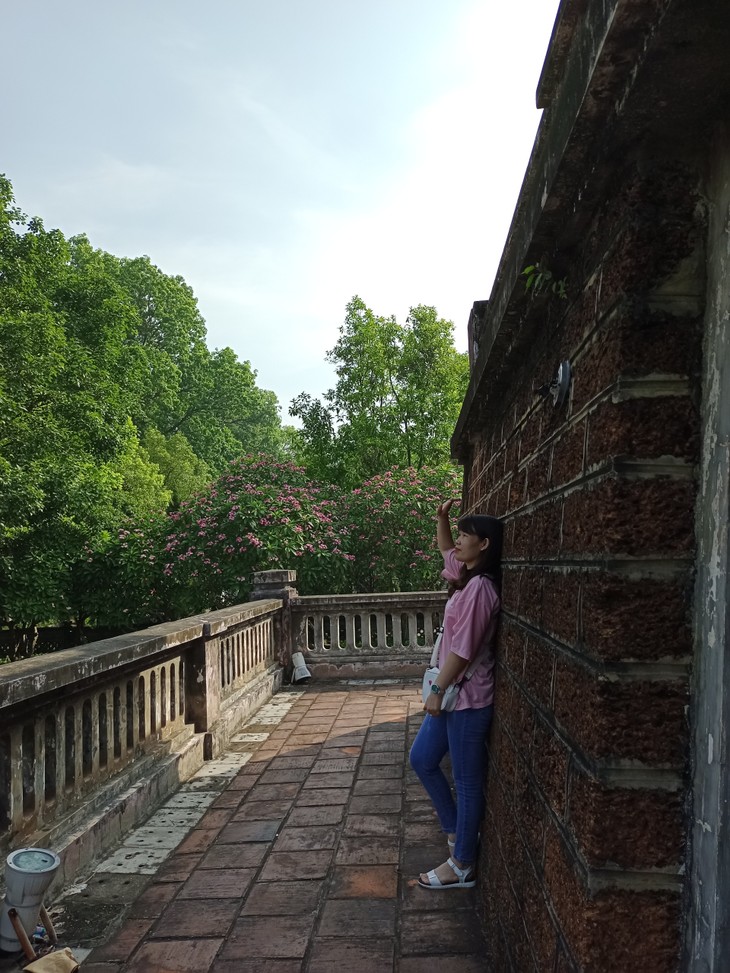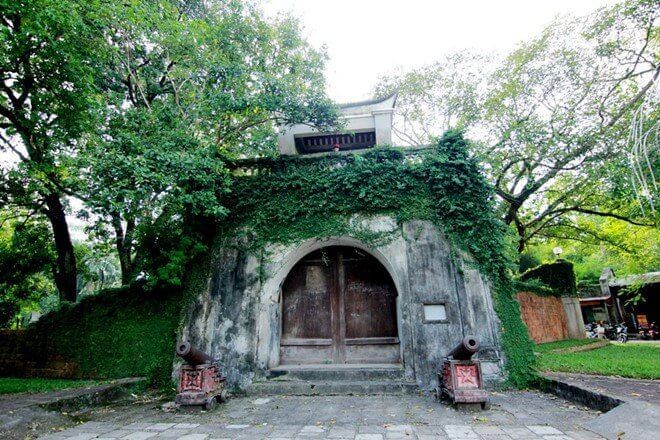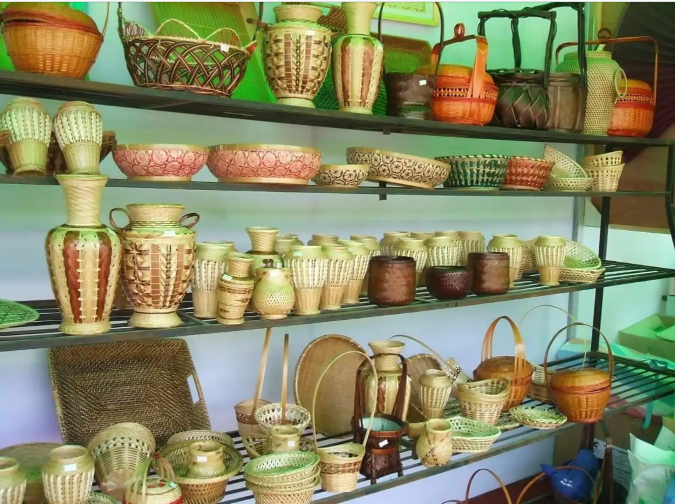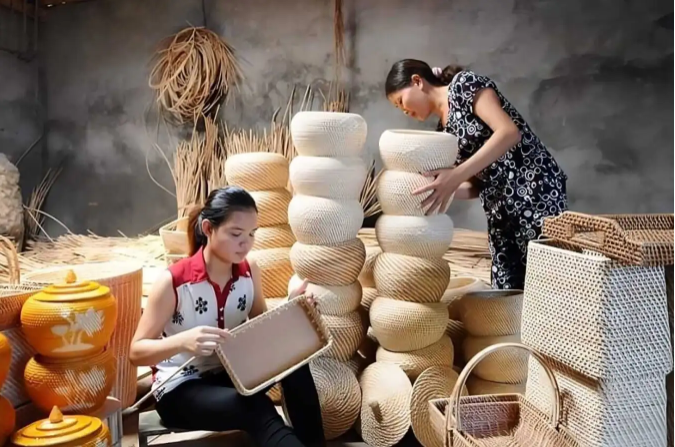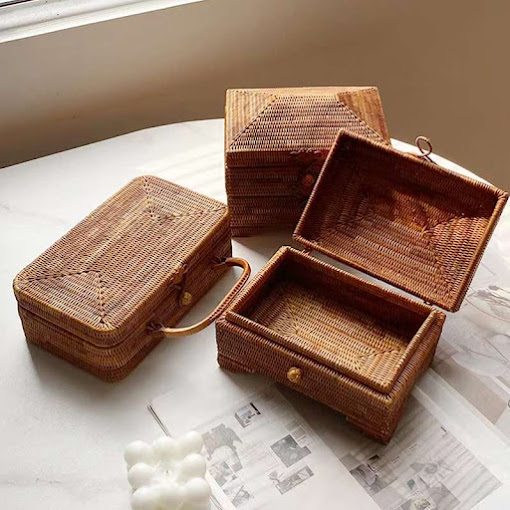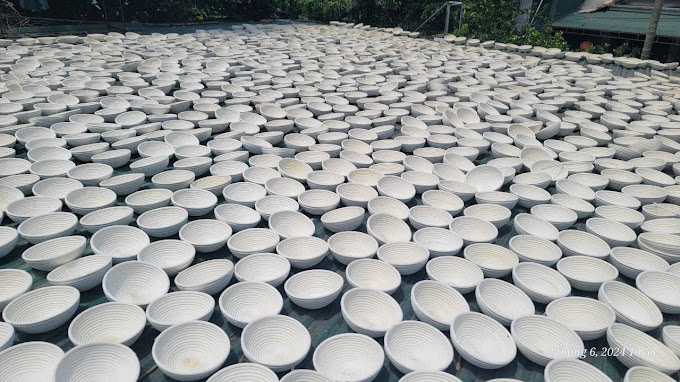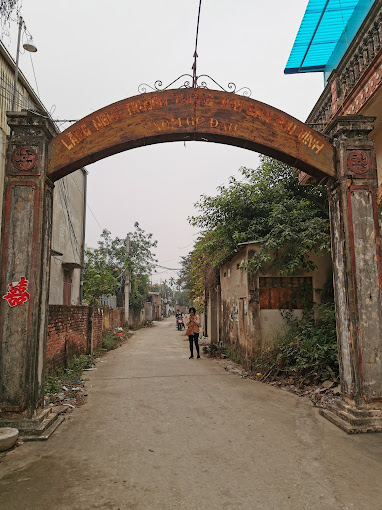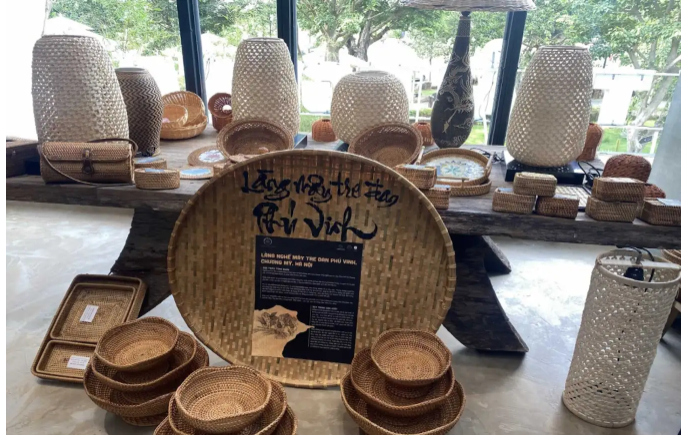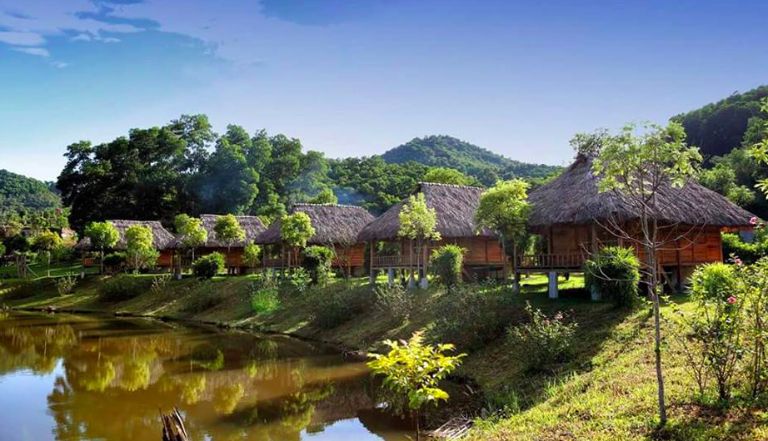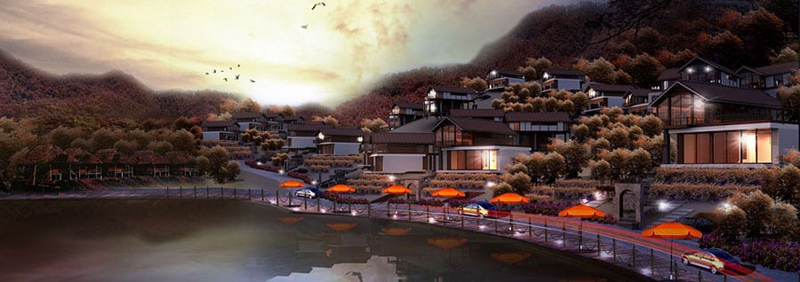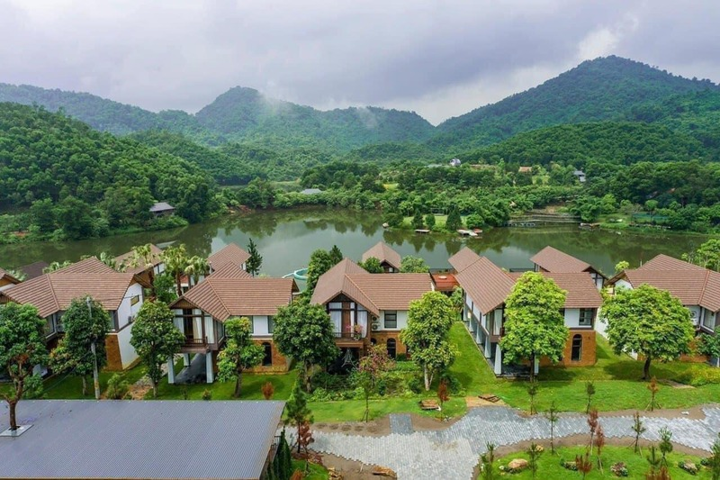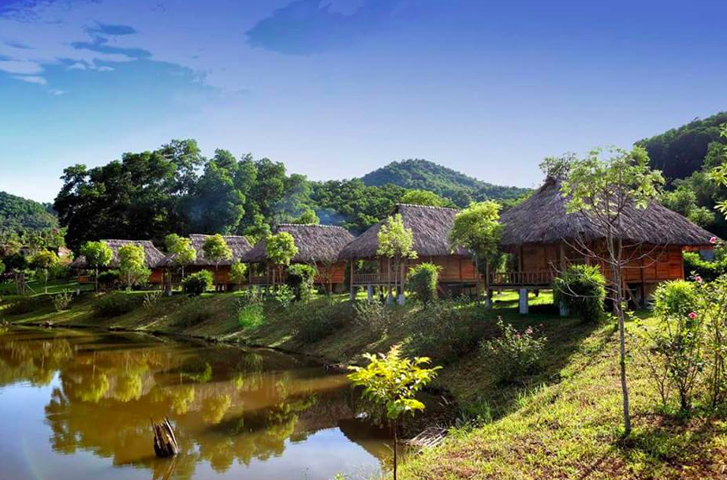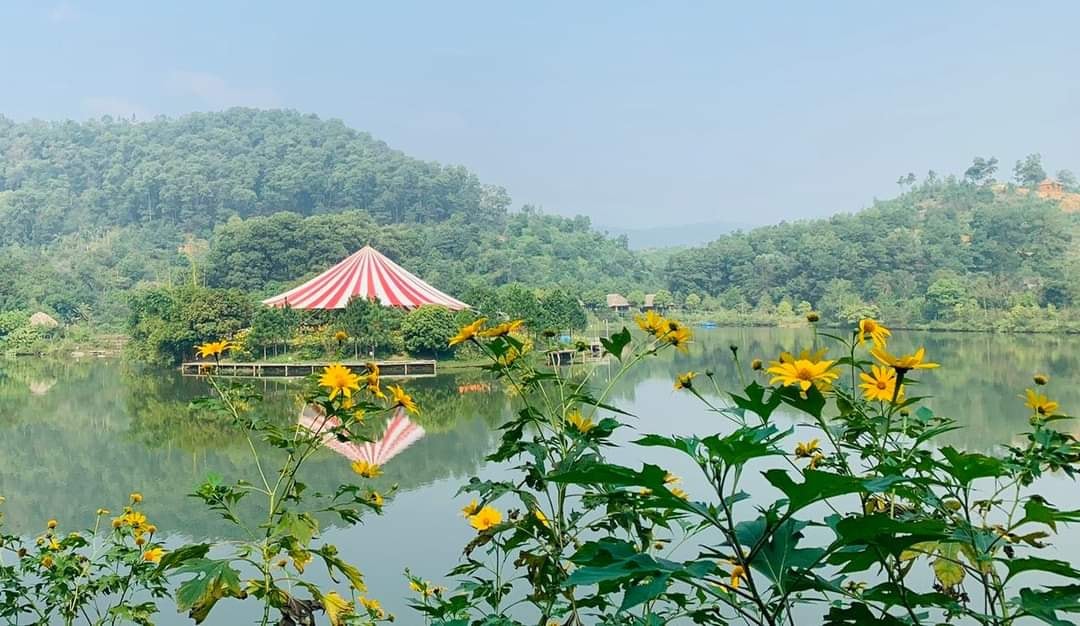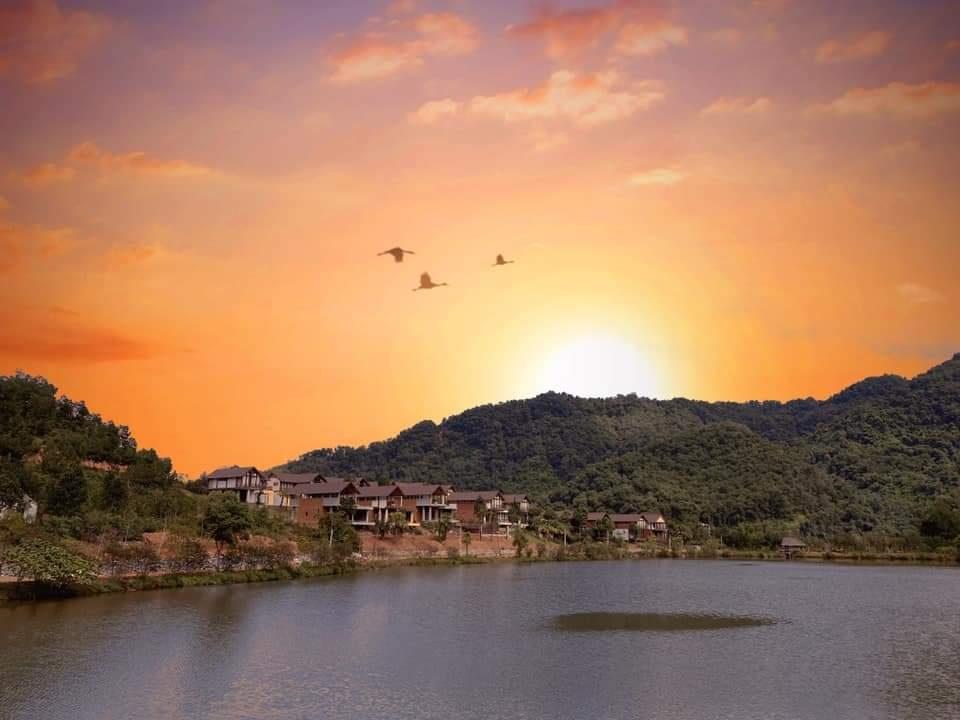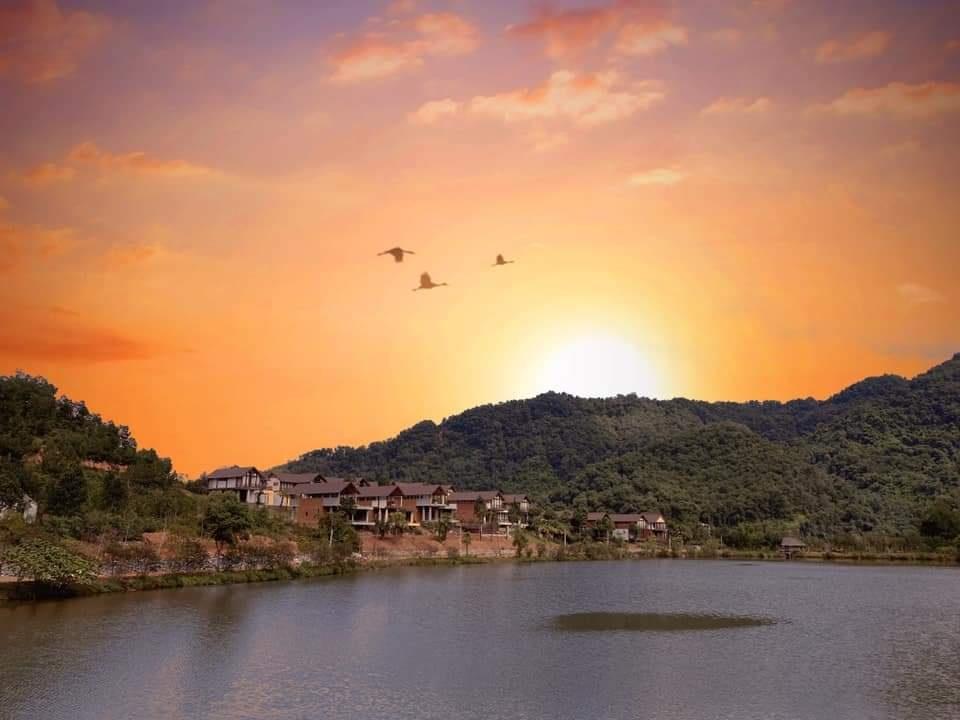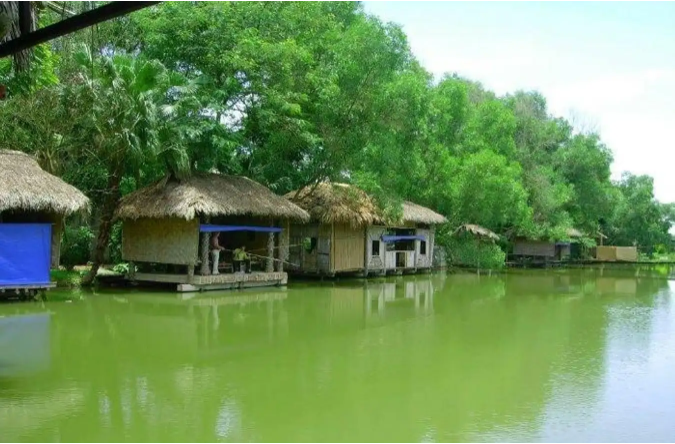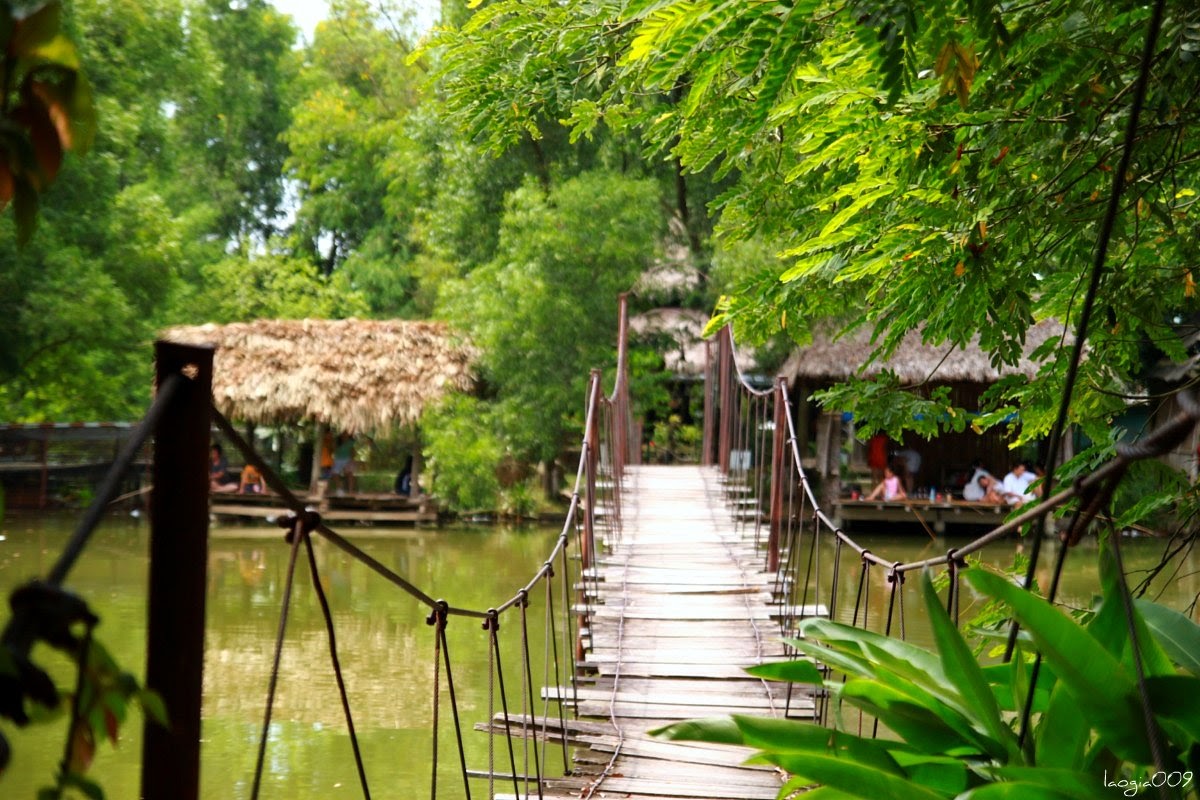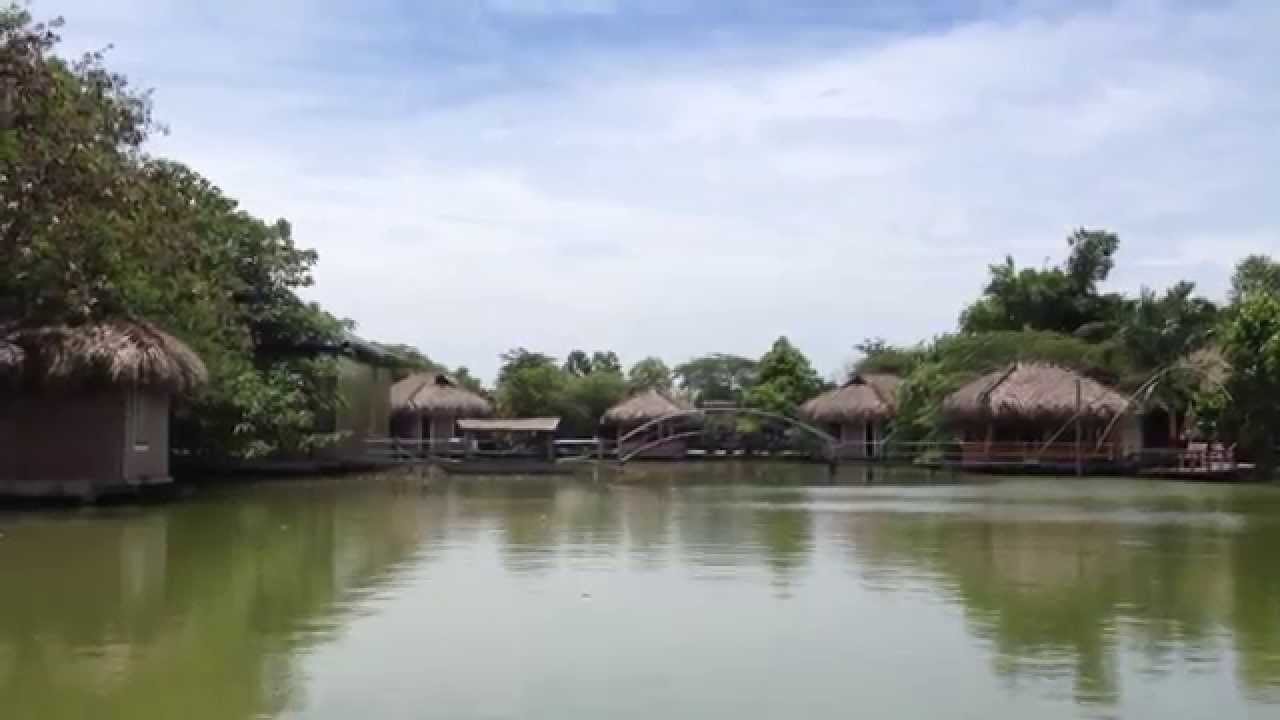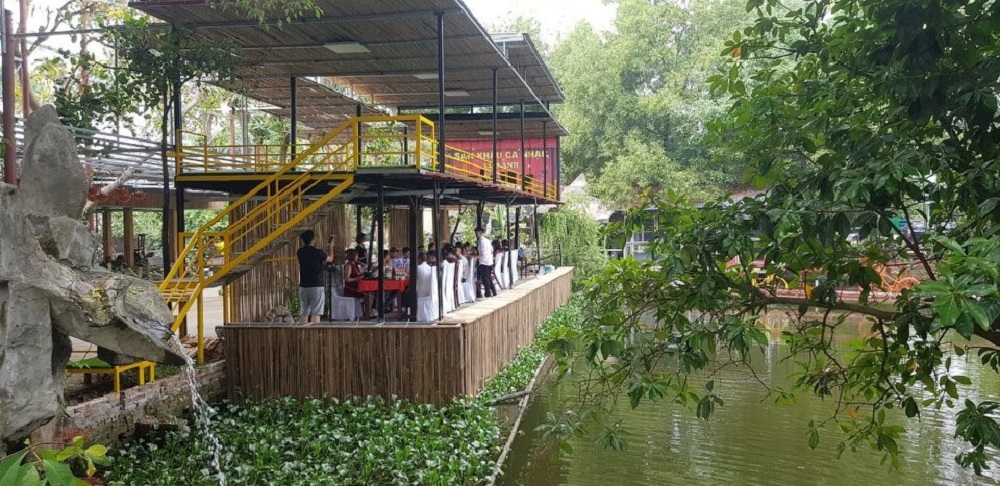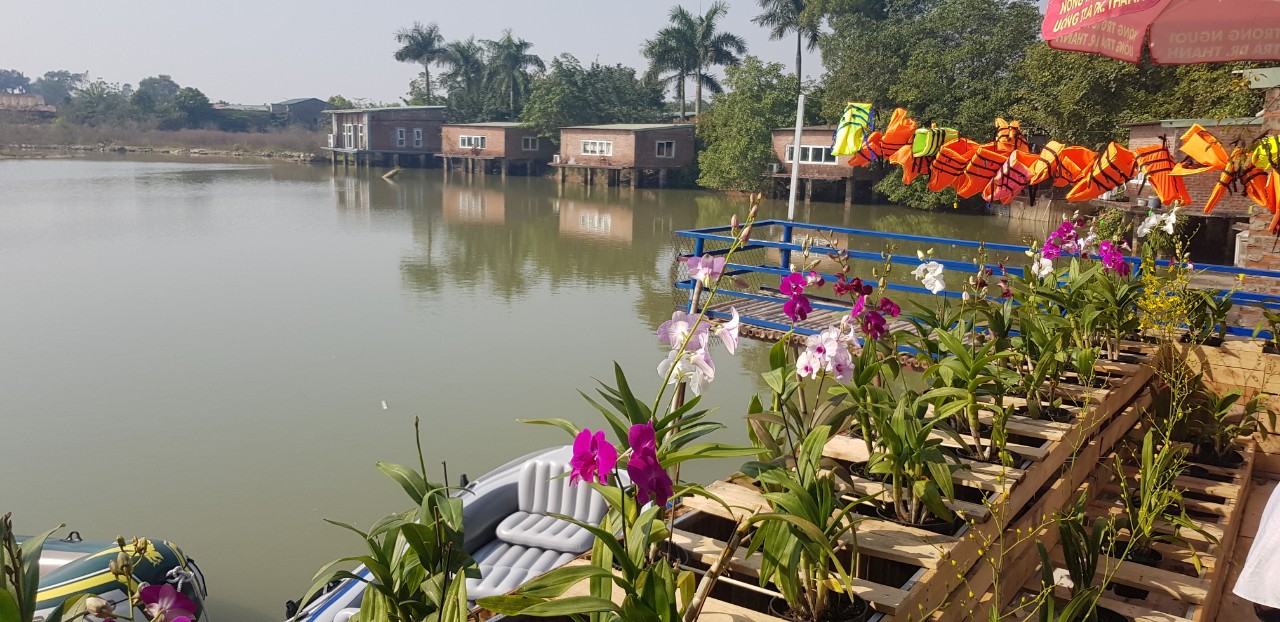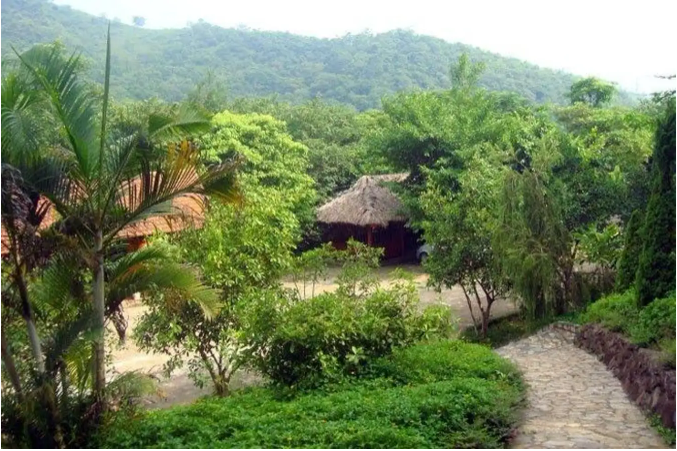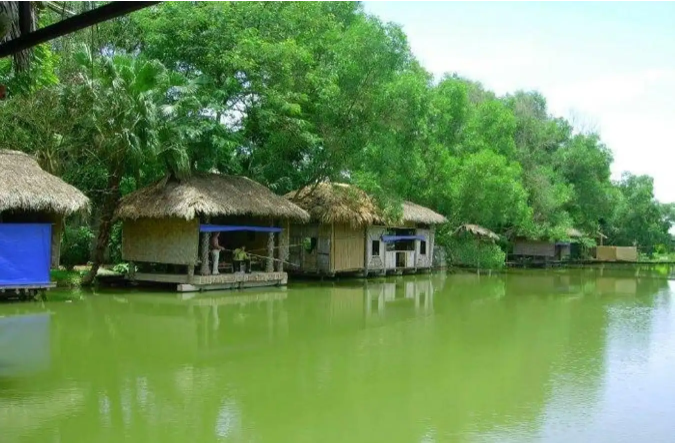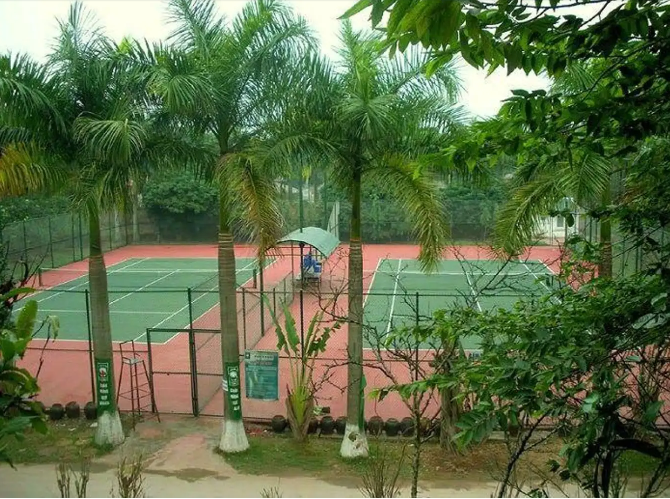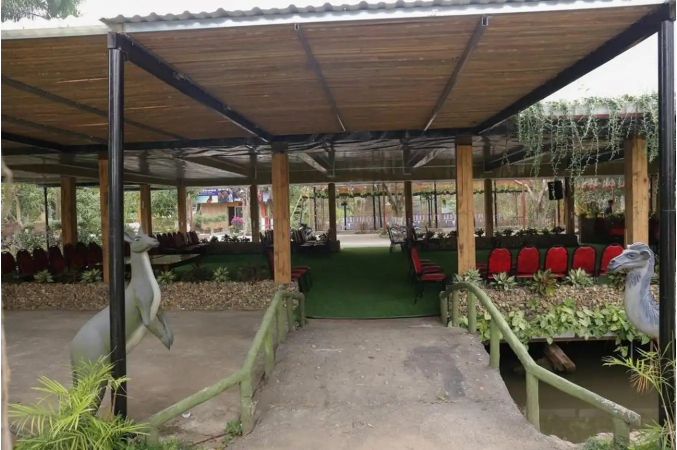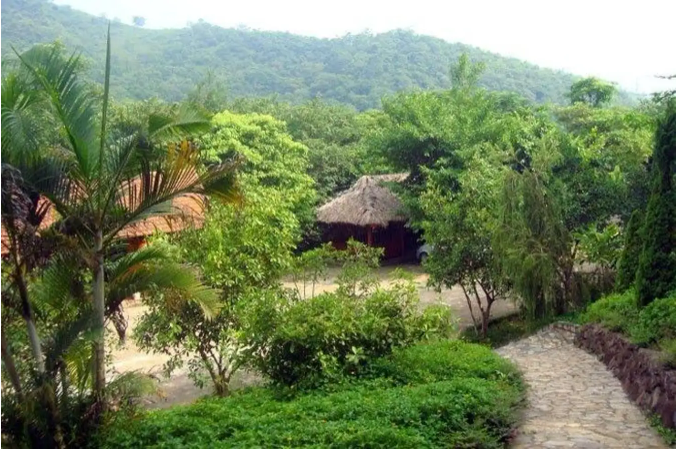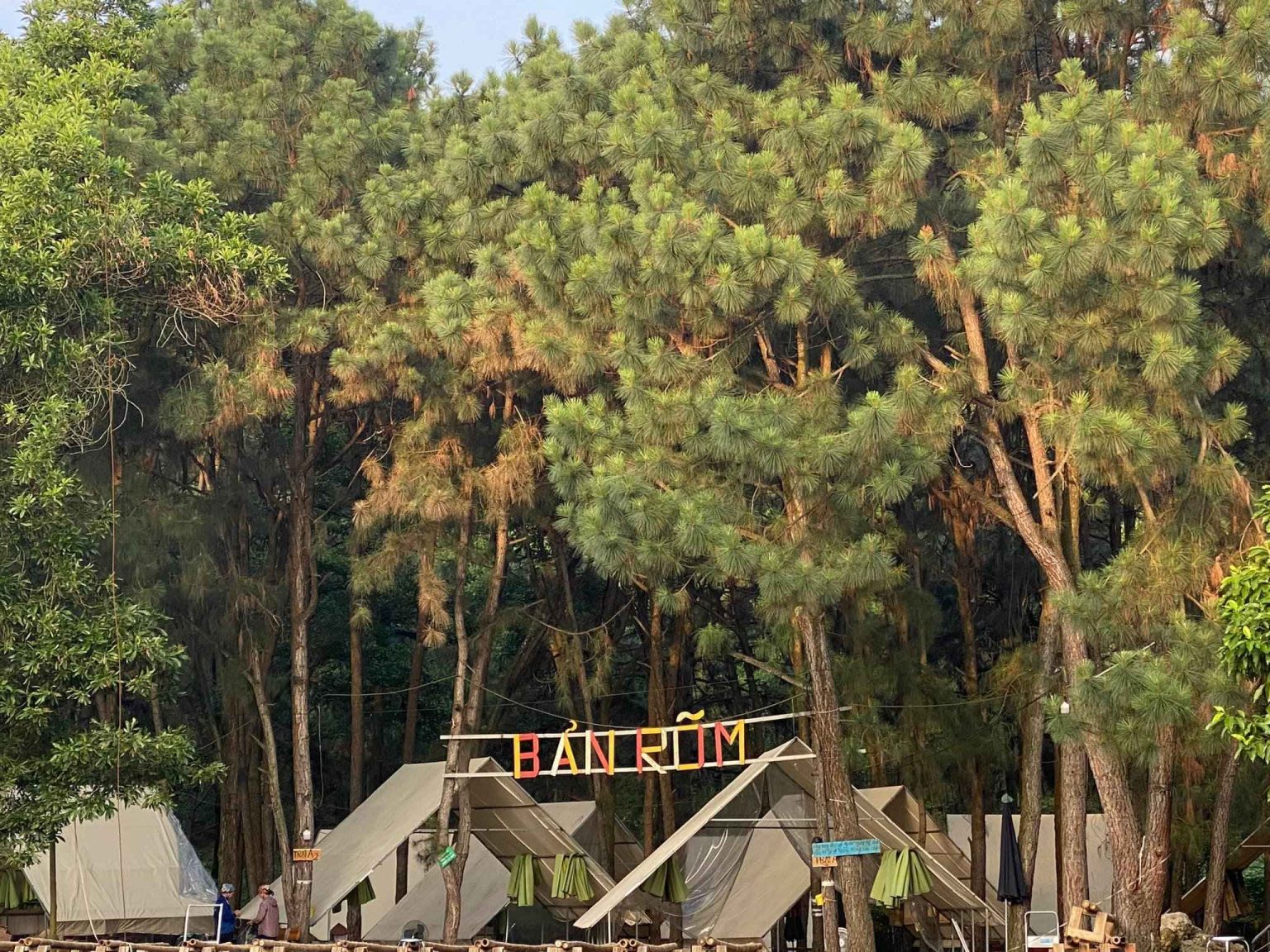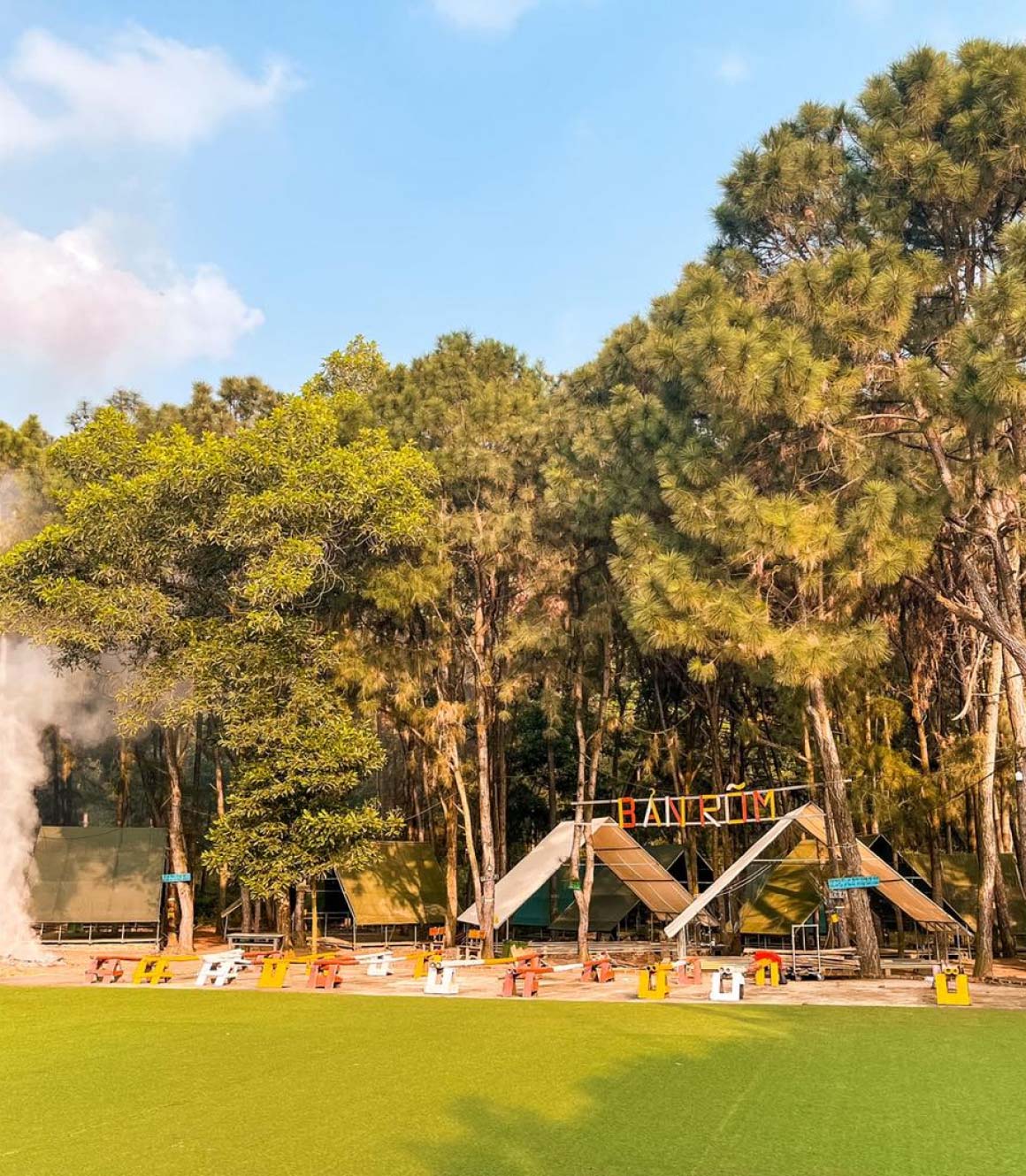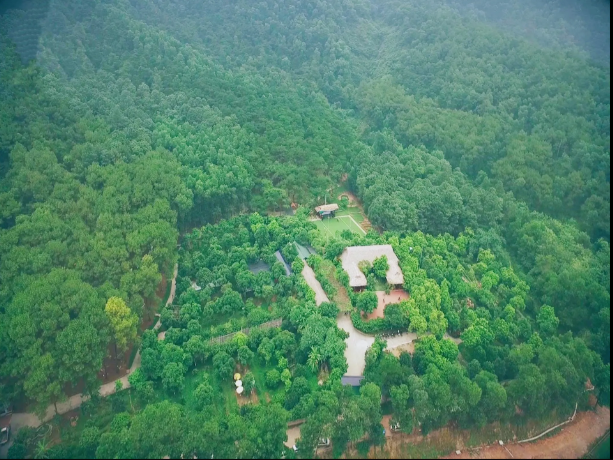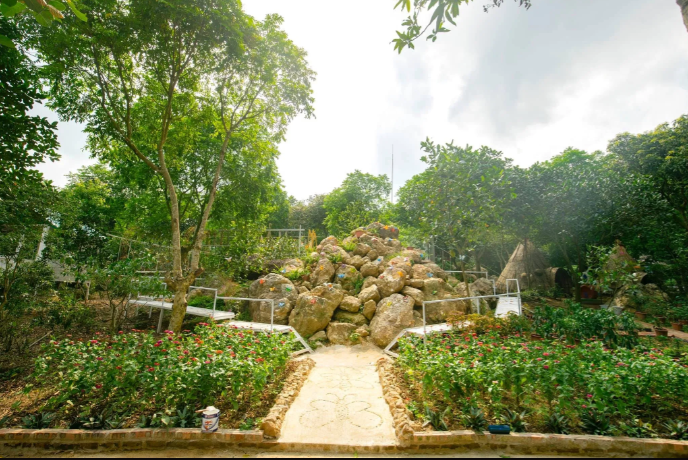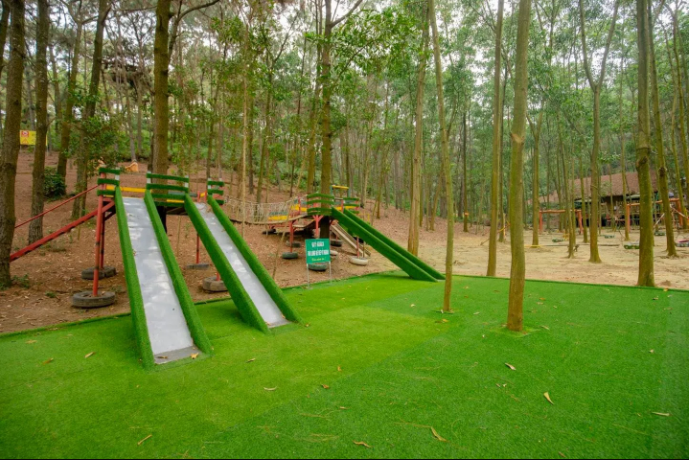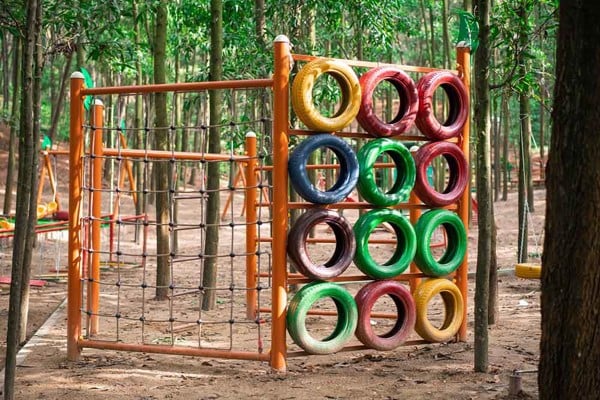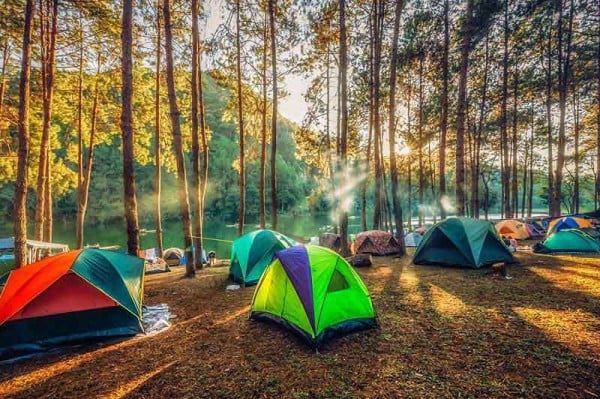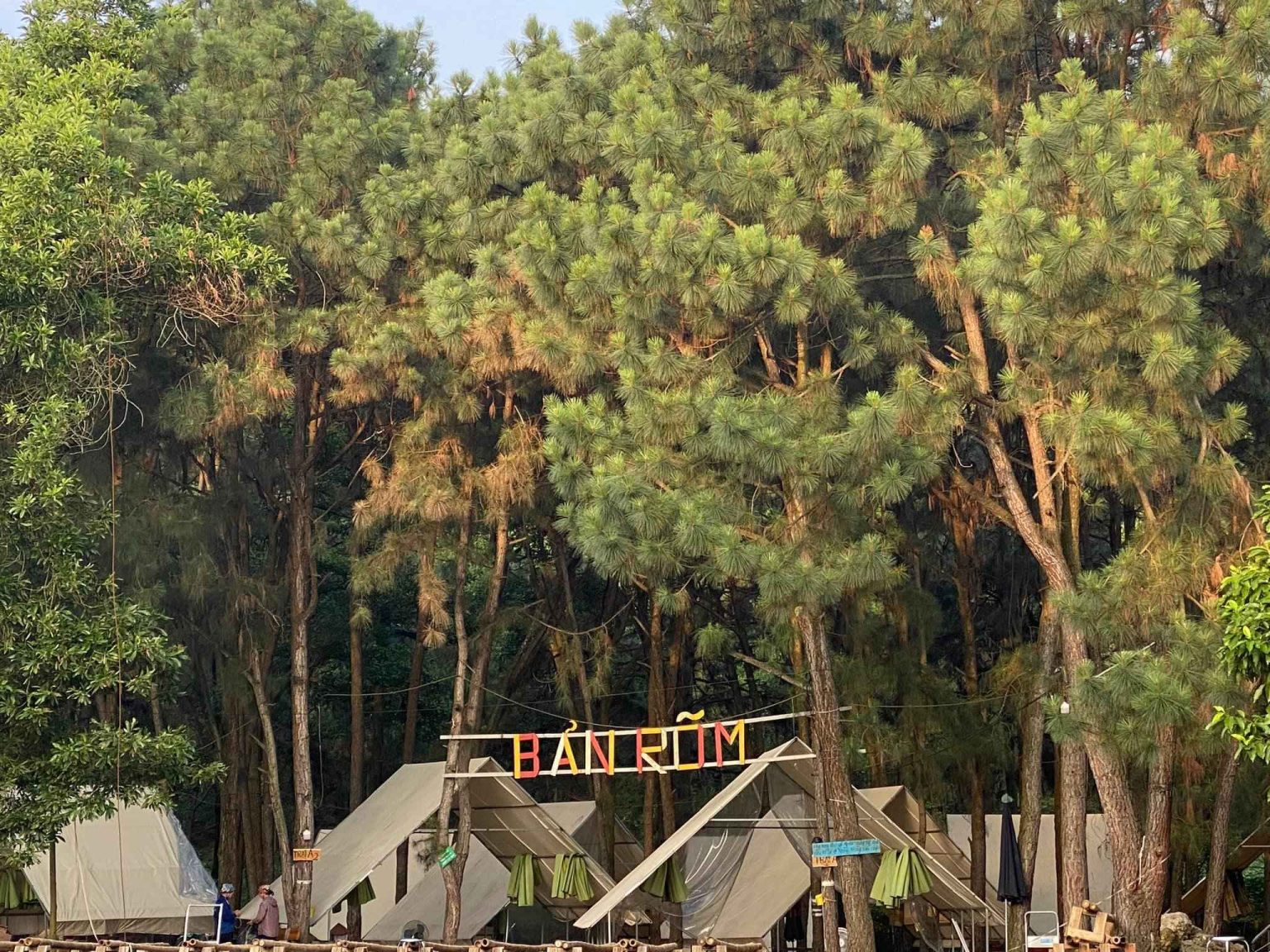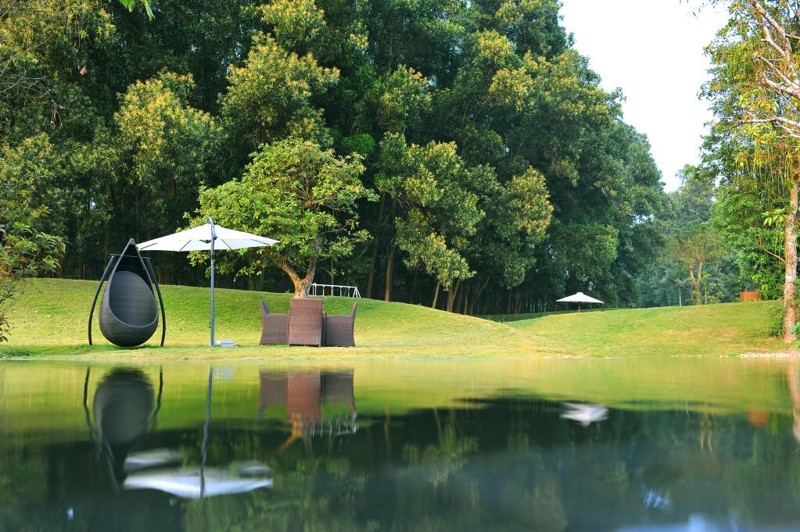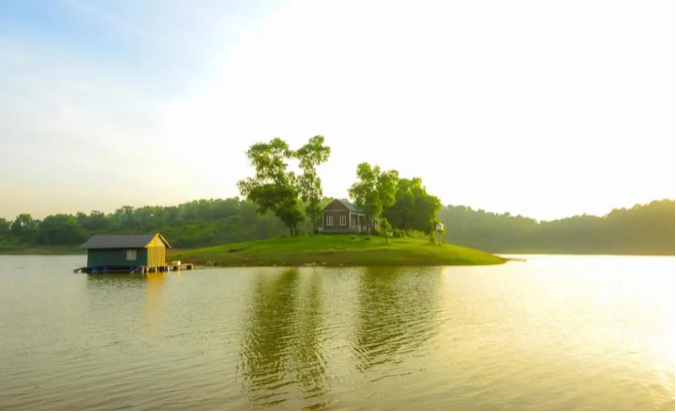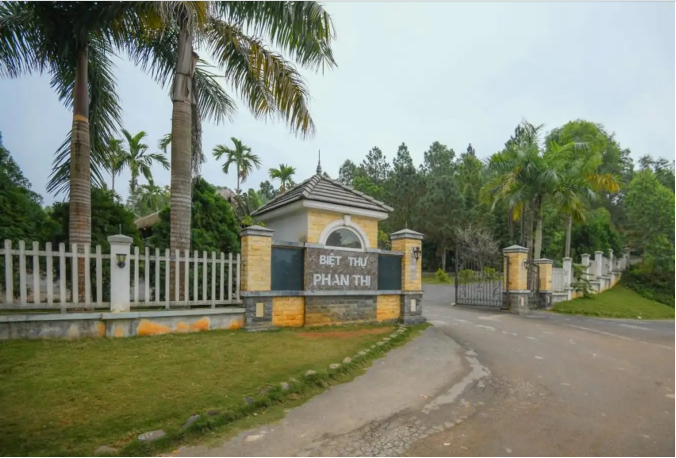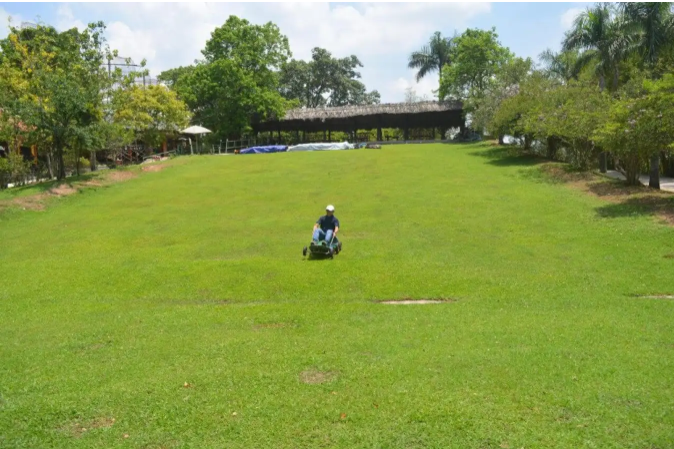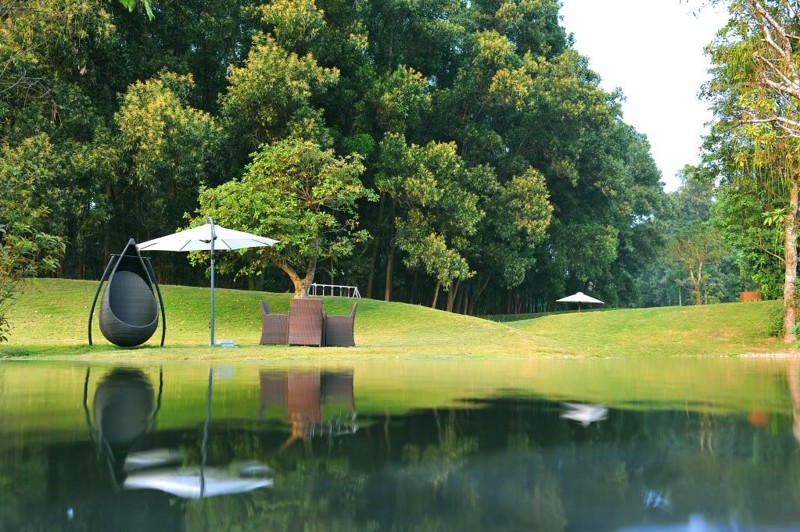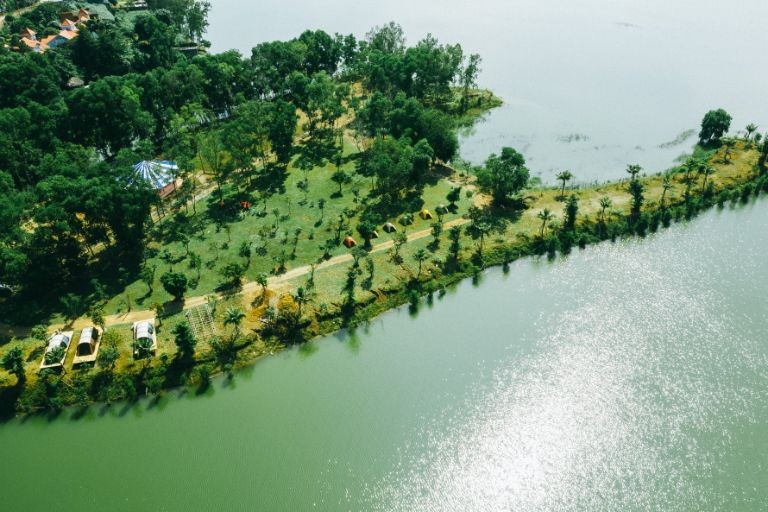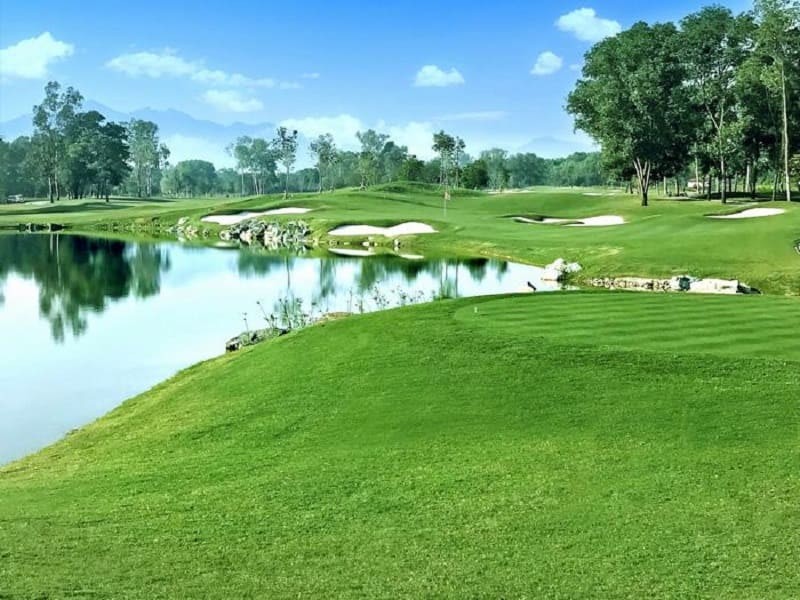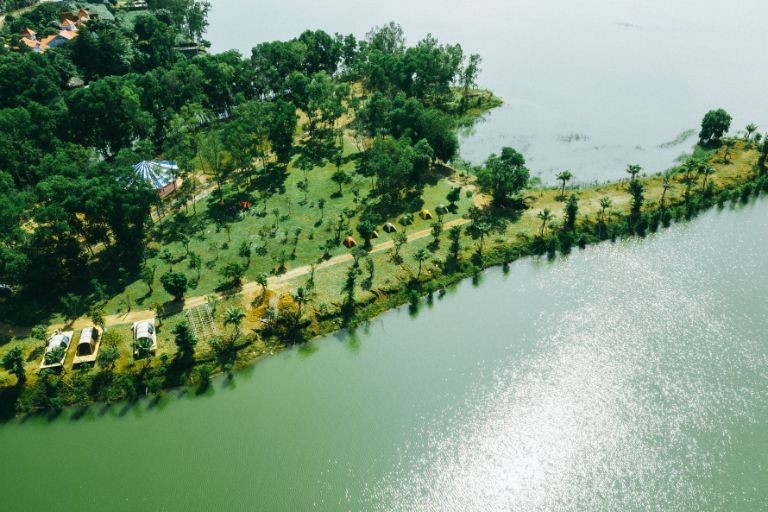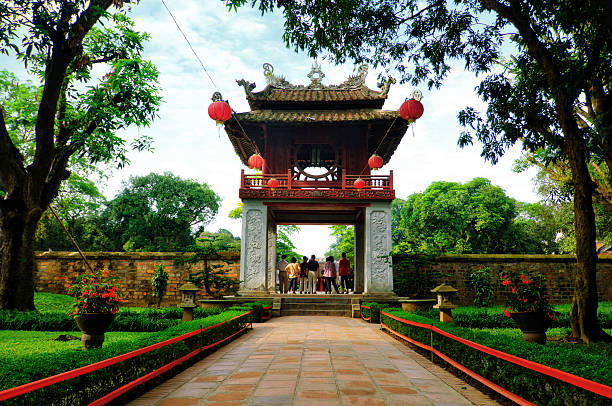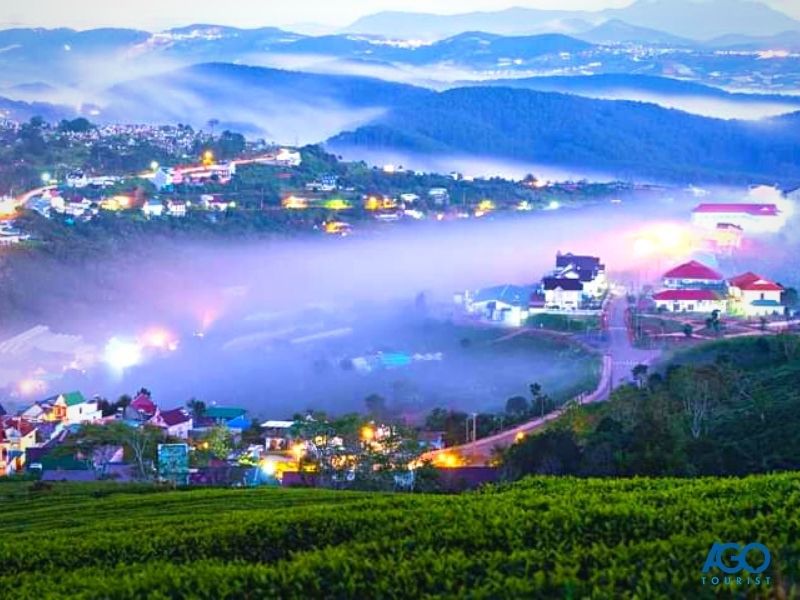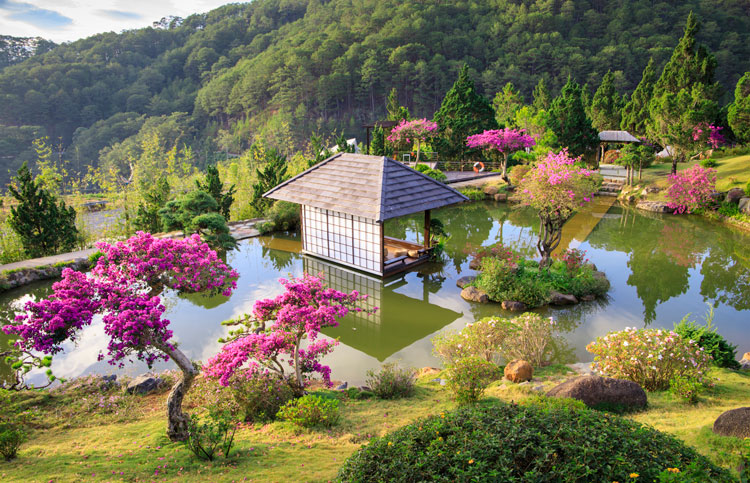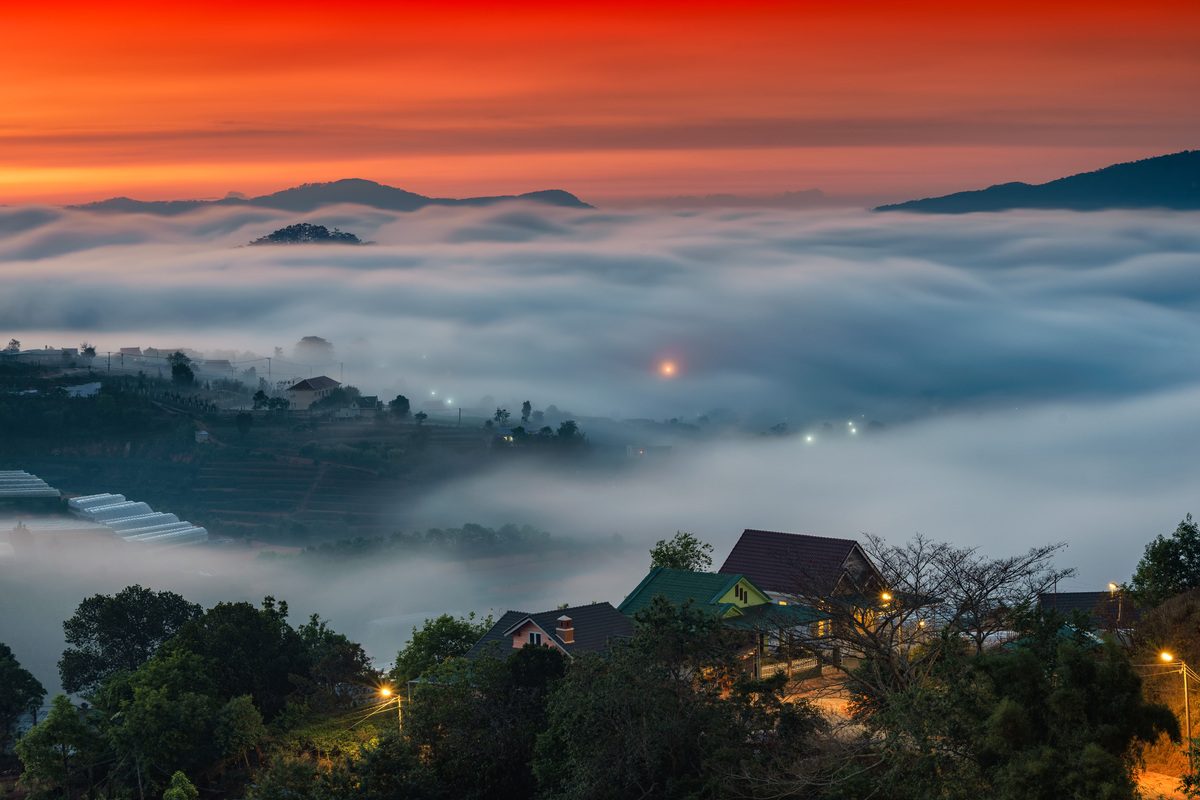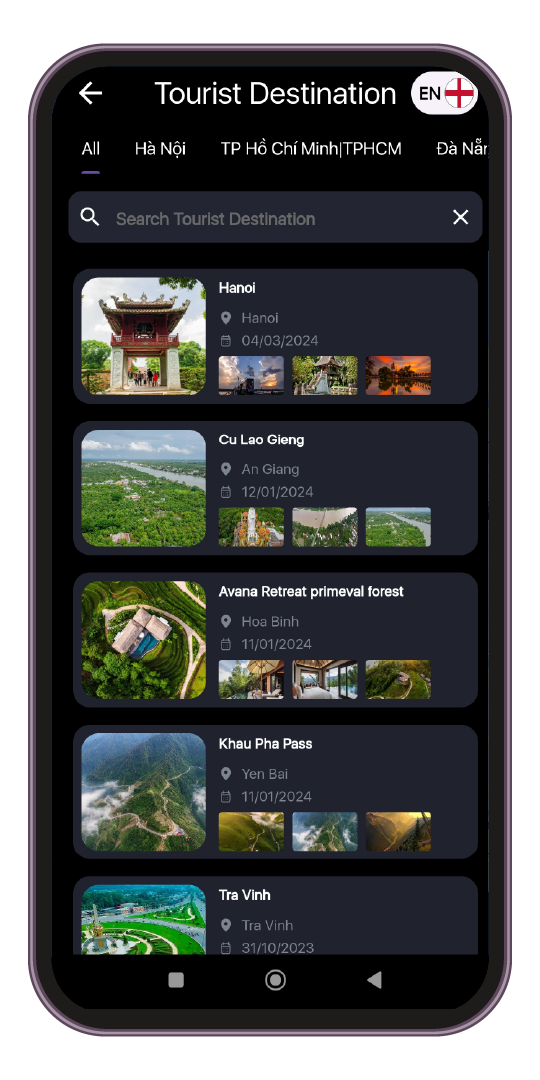About 44km from Hanoi, in Son Tay town, Duong Lam ancient village is known as one of the oldest villages in the North. From wooden walls, inclined brick walkways to prominent yellow laterite walls, this place is always an attraction for many domestic and foreign tourists to visit and learn. Coming to Duong Lam, tourists feel like they are lost in a completely different world, completely separate from the hustle and bustle of everyday life. Today, Duong Lam village still retains the basic characteristics of a village in the North with a village gate, banyan tree, water wharf, communal house yard,..., and laterite houses located close to the road. The village road is winding and winding. The mark of an ancient past with heroic pages of history appears, becoming lasting historical values of the country. According to the cadastral map, Duong Lam currently has 9 villages: Mong Phu, Dong Sang, Doai Giap, Cam Thinh, Cam Lam, Phung Khang, Ha Tan, Hung Thinh and Van Mieu. This is the only village that still retains the intact structure and lifestyle of an ancient Vietnamese village in the Northern midlands. This place is like a "Living Museum" preserving valuable historical and cultural relics spanning thousands of years: From Phung Hung Communal House, Ngo Quyen Temple to the Temple of Lady Mia... Especially, in Duong Lam It still retains ancient houses with architectural lines from the 17th - 18th centuries and religious customs and practices that have been preserved unchanged over many generations. According to statistics from the Duong Lam Ancient Village Management Board, there are currently a total of 956 ancient houses, concentrated mainly in the villages of Dong Sang, Mong Phu and Cam Thinh. Many houses were determined to have been built in 1649, 1703, 1850... So up to now, they are approximately 300 - 400 years old. All are built of laterite, oval wood, terracotta bricks, and tiles, with 5-compartment or 7-compartment architecture. The middle space is for worship, decorated with hammock doors, has tables and chairs, mahogany traps, the carved features are still maintained with landscape relics showing the customs of the ancients. Outside the garden there is still an ancient laterite well, the well water is very clear and can be used for daily activities. Tourists are attracted by the clean brick roads and feel the warmth and peace of the people here when walking among the dark yellow laterite walls, wells, courtyards, fields, and fields. majestic temple. Another value of Duong Lam is in its spatial planning. Mong Phu village is located on a low hill. At the top of the hill is a large communal house with a yard as large as a square, from there radiating in all directions into the village. The village is planned in a way that spreads from the center, which is the village communal house. The main communal house yard is a six-way intersection with roads leading to every corner of the village. The special thing is that no matter where you go or what neighborhood you start from, no one has to turn their back on their main direction. The houses in the village are structured in the style of internal and external, the yard is lower than the street level. On rainy days, water from outside accumulates in the yard (water gathering) and then flows out into the sewer. Not only is it home to many ancient houses, Duong Lam is also a name associated with many historical stories, and is known as the land of "two kings" - the birthplace of two kings Phung Hung and Ngo Quyen. There are also many wealthy families here, giving birth to talented people. Perhaps there are few places in the Northern Delta that possess many traditional specialties associated with the land and village names like Duong Lam. When talking about Duong Lam, people remember Mong Phu soy sauce, Mia chicken, roasted meat, blue sweet soup, sausage candy... All of these products are made from available ingredients in a traditional village with agricultural lifestyle, inherited by generations, passing on experiences from generation to generation. This is the precious folk knowledge that Duong Lam people cherish and preserve. If Hoi An people are proud of the old town, Hanoi people are proud of its 36 streets, then Duong Lam people can be equally proud of laterite houses and Duong Lam ancient village is still an attractive address for tourists. schedule every time they come to Son Tay. Amidst the hustle and bustle of life but still possessing unique cultural values, landscapes, and typical architecture of the Red River Delta countryside, Duong Lam ancient village will certainly bring visitors unique experiences. unforgettable.
Hanoi 1067 view From May to October.
Ngày cập nhật : 09/10/2024


 vn
vn en
en ja
ja ko
ko zh
zh


















